Are Chinese NAS Devices Safe? Let’s Discuss…
Are Chinese DIY NAS Devices Worth Your Time, Money, and Data?
Over the last 2 years, I have discussed at length multiple different Chinese-built NAS solutions in one form or another. From DIY NAS motherboards from brands like Topton and CWWK to pre-built solutions arriving both with and without NAS software from brands like Ugreen, Terramaster, Aoostar, and more. Thanks to the miniaturisation and power efficiency improvements in a multitude of different kinds of PC hardware, a lot of brands originally developing mini PCs, tablets, and laptops have started including developments towards NAS systems in their portfolios. Some brands, like Ugreen and Terramaster, have gone into this with significantly more energy than others, including and further developing their very own NAS software that is included with the hardware. But regardless of whether you are looking at a Chinese DIY NAS that does or does not include its software, it still raises the question of whether these solutions are worth your time and money. Are they as reliable as some of the long-established players providing solutions from Taiwan or the US? Can you trust it with your data? Let’s discuss.
Chinese NAS Brands That I Recommend
These are the brands I would personally recommend if you are considering a China-based NAS brand. These are 6 brands that I have used many of their products (NAS and others) that I have found the best experiences with, as well as, on balance,e the best online support and communication. No brand is perfect, and look hard enough and you will find good and bad on any brand, really, but these are six examples of brands that stand out from the others.

|
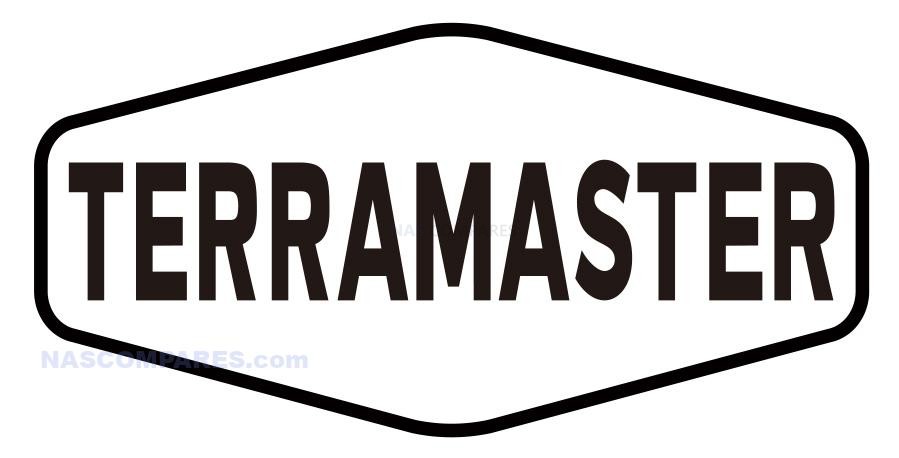
|

|
|

|
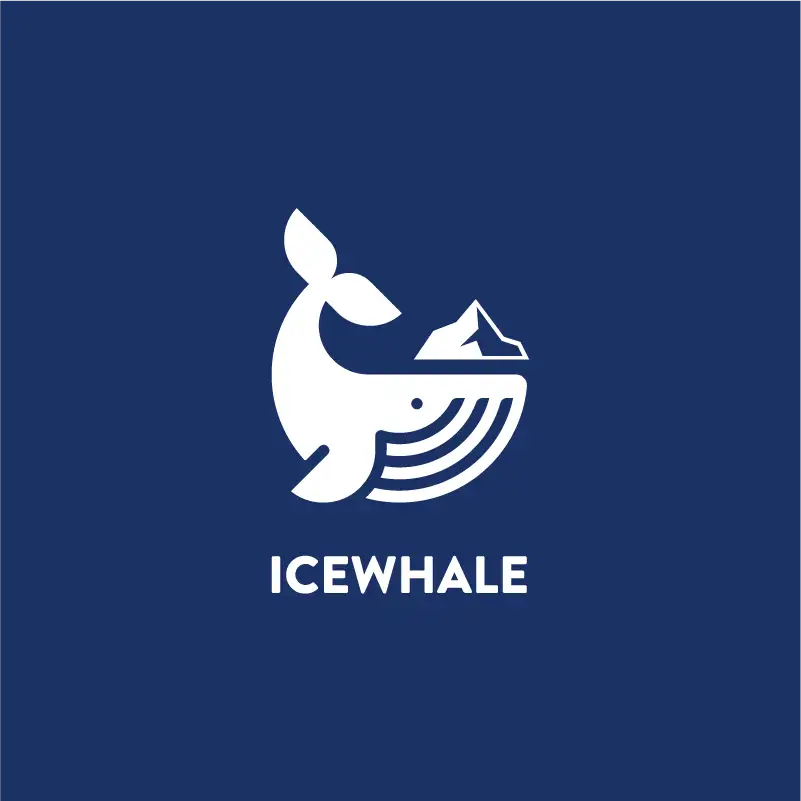
|
The TL;DR – Are Chinese DIY NAS Devices Worth It?
-
Chinese NAS popularity is rising due to affordability, broader hardware variety, and greater accessibility in Asia.
-
Brands like Ugreen and Terramaster have built their own NAS software, adding credibility to their name in the eyes of consumers and long-term support potential that a lot of other options seem to tangebly lack.
-
Mini PC brands (e.g., Minisforum, GMKTec) are repurposing their platforms into NAS devices, leveraging existing consumer trust.
-
Many Chinese NAS systems are hardware-only, allowing users to install platforms like TrueNAS or UnRAID.
-
DIY-friendly: Chinese NAS devices often support third-party OS installs without voiding warranty—unlike many Western brands.
-
Hardware value: You can expect up to 25–30% lower prices compared to similar US/Taiwan/Japan-made systems.
-
Tech culture: China has a more tech-literate consumer market, visible in high street and airport advertising.
-
Security concerns exist, largely due to past incidents of spyware or malware embedded in hardware from some Chinese vendors.
-
Using trusted open-source OS platforms can reduce risks—but can’t fully eliminate them if vulnerabilities are in firmware/hardware.
-
Not all Chinese brands are equal—research brand background, online presence, and operational transparency.
-
Some no-name brands just rebrand OEM hardware (e.g., from CWWK), but offer poor support and minimal warranty backing.
Support issues include:
-
No regional presence
-
Language/cultural barriers
-
Long RMA turnaround
-
Tax/import delays for returns
Brands with better reputations for support include: CWWK, Jonsbo, and Terramaster.
Be wary of AliExpress-only brands with no official website or global support—these often lack accountability.
Ultimately: Yes, you can buy a NAS from China—just stick to reputable brands, do your research, and stay security-conscious.
$169 n150 4x M.2 NVMe SSD NAS – The GMKTek G9
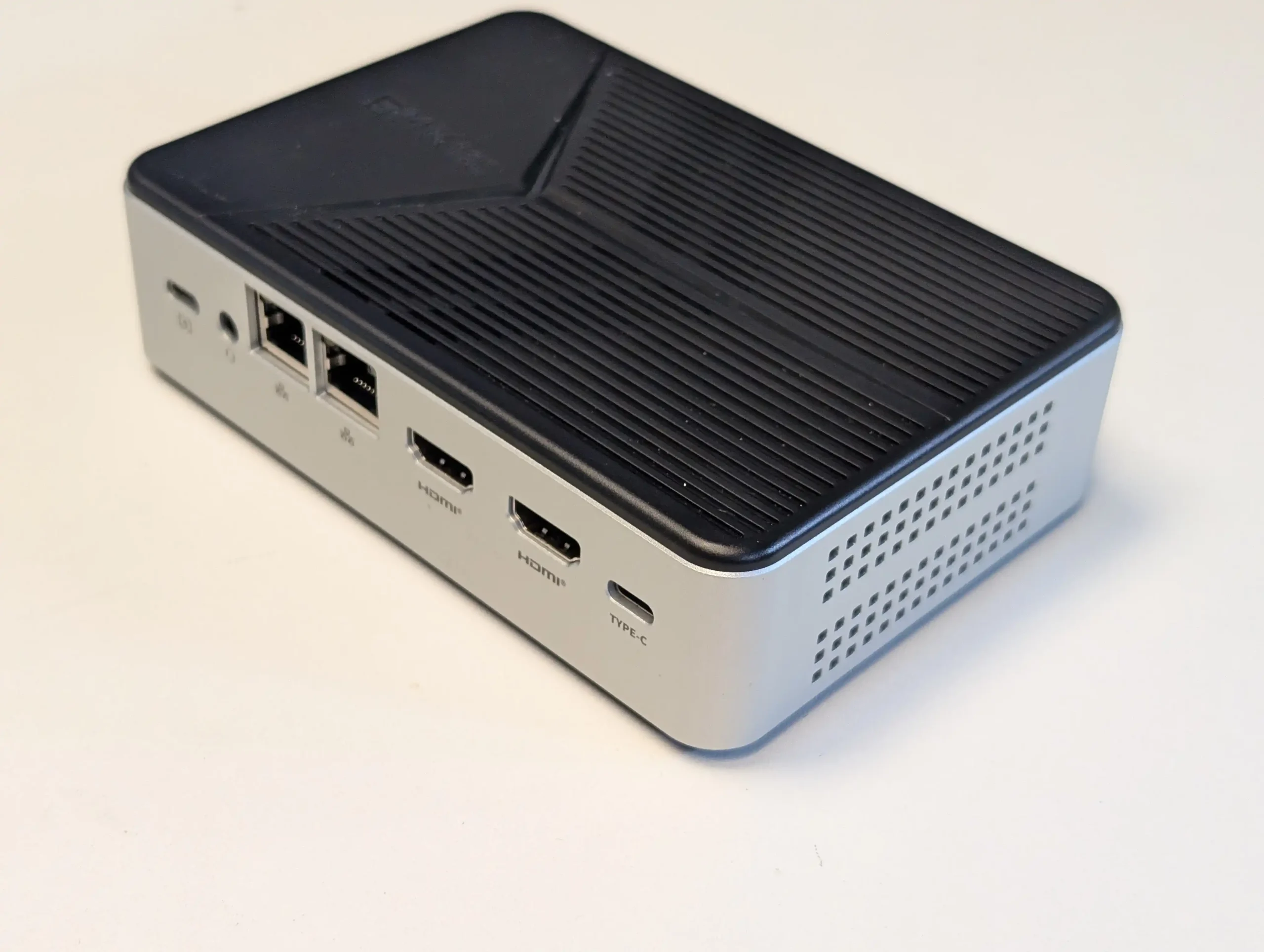
Why Have Chinese NAS Systems Rapidly Grown in Popularity?
The easy answer to this would be to say that they tend to be a lot cheaper than NAS products that are built in the US, Europe, or surrounding Eastern countries like Taiwan or Japan. Indeed, that is true, and you tend to find that NAS systems made in China are typically offered at great value price points and hardware value compared to anywhere else in the world. However, the popularity of Chinese NAS systems is actually a little bit more nuanced and about a lot more than simply money.
The UGREEN DXP NASync Series Now Globally Available
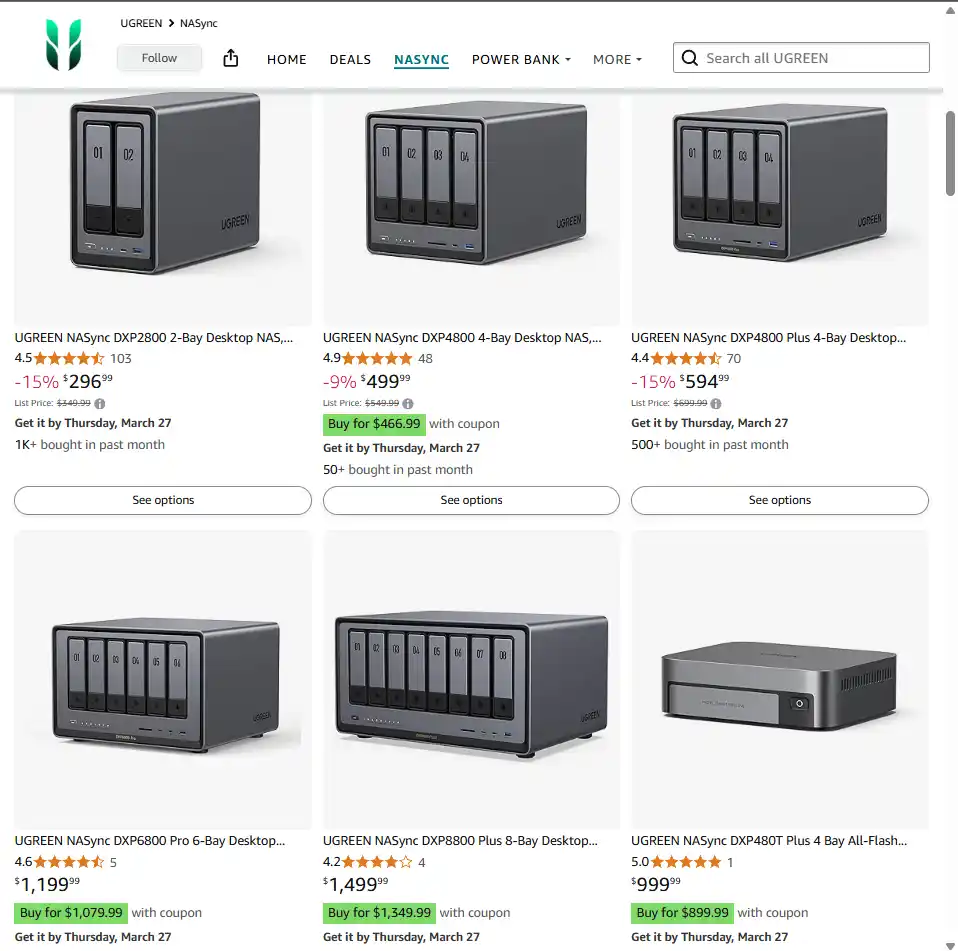
For a start, some of the brands that are currently moving into providing their own network-attached storage solutions are brands that already had a well-established presence in homes and offices around the globe for other peripherals. A great example of this would be Ugreen. Ugreen has provided accessories for PCs, power adaptors, and portable docking stations for quite a few years and is probably one of the most recognisable names for this kind of technology from China around the world.
The Aoostar WTR N305 4 Bay NAS Drive
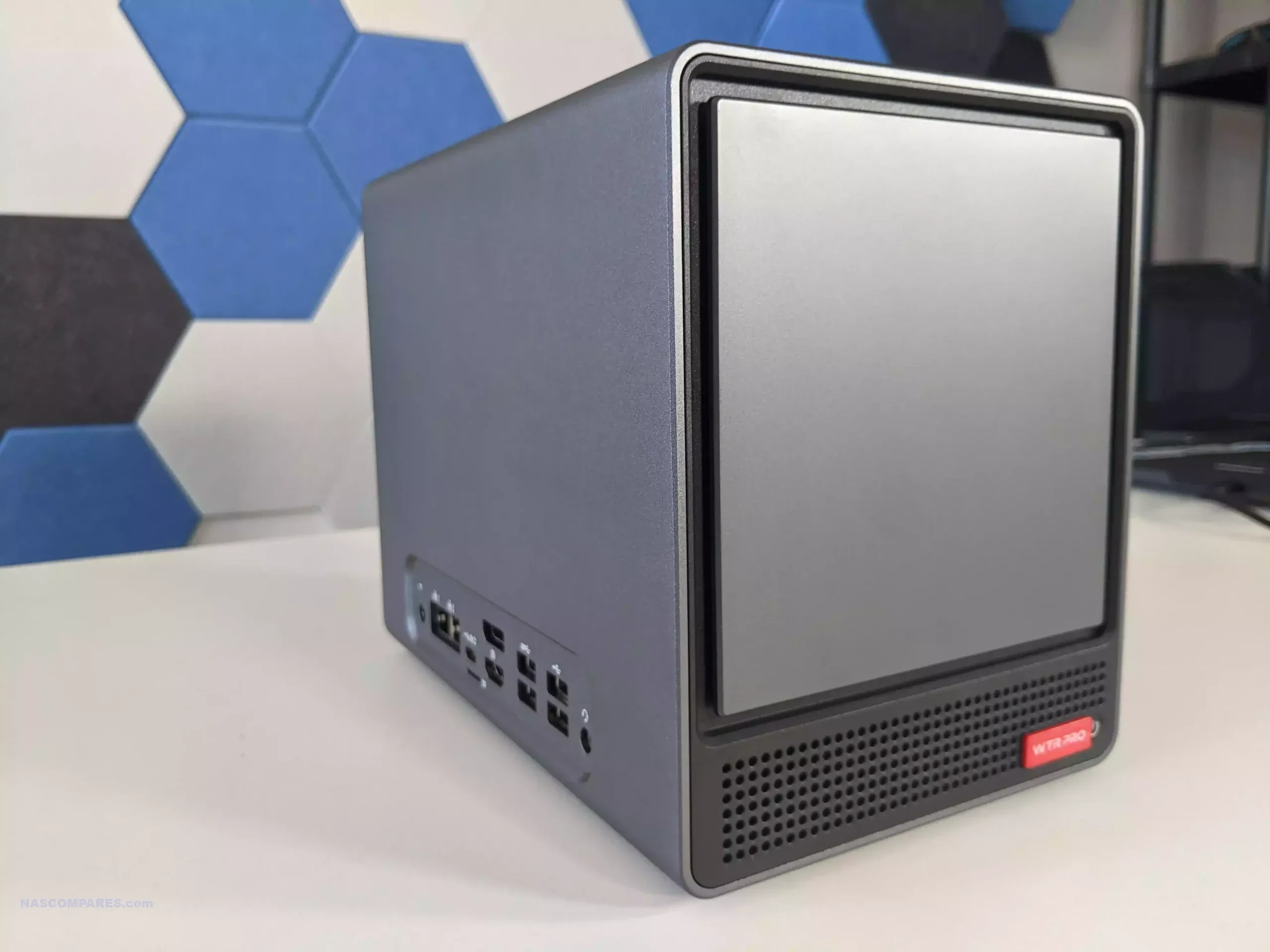
Therefore, in early 2024, when the brand announced it was entering the world of NAS in the Western world, the brand already had a fairly solid and well-documented audience in place. That is likely why the brand, although still pretty good value, is actually slightly more expensive than the majority of other Chinese NAS brands.
The Terramaster F6-424 Max NAS – 2x 10GbE, 2x Gen 4×4 M.2 NVMe & Intel i5 CPU
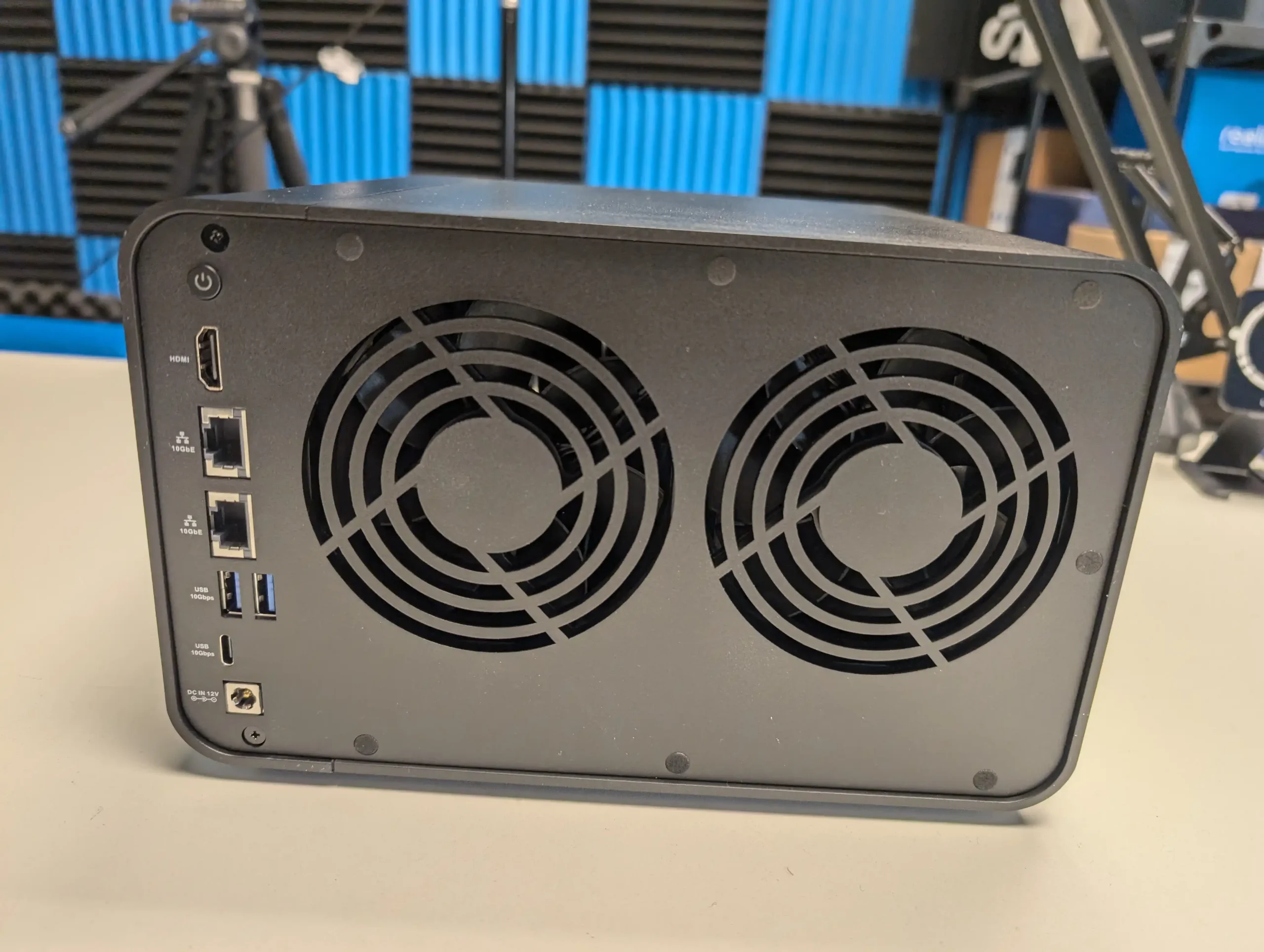
Alternatively, you have brands like Terramaster, who have been in the network-attached storage industry for over half as long as the likes of QNAP and Synology, and during that time have built up a fairly solid audience base long before the arguably heavy influx of smaller, lesser-known brands entering the world of NAS from China.
The Terramaster F6-424 Max NAS – 2x 10GbE, 2x Gen 4×4 M.2 NVMe & Intel i5 CPU
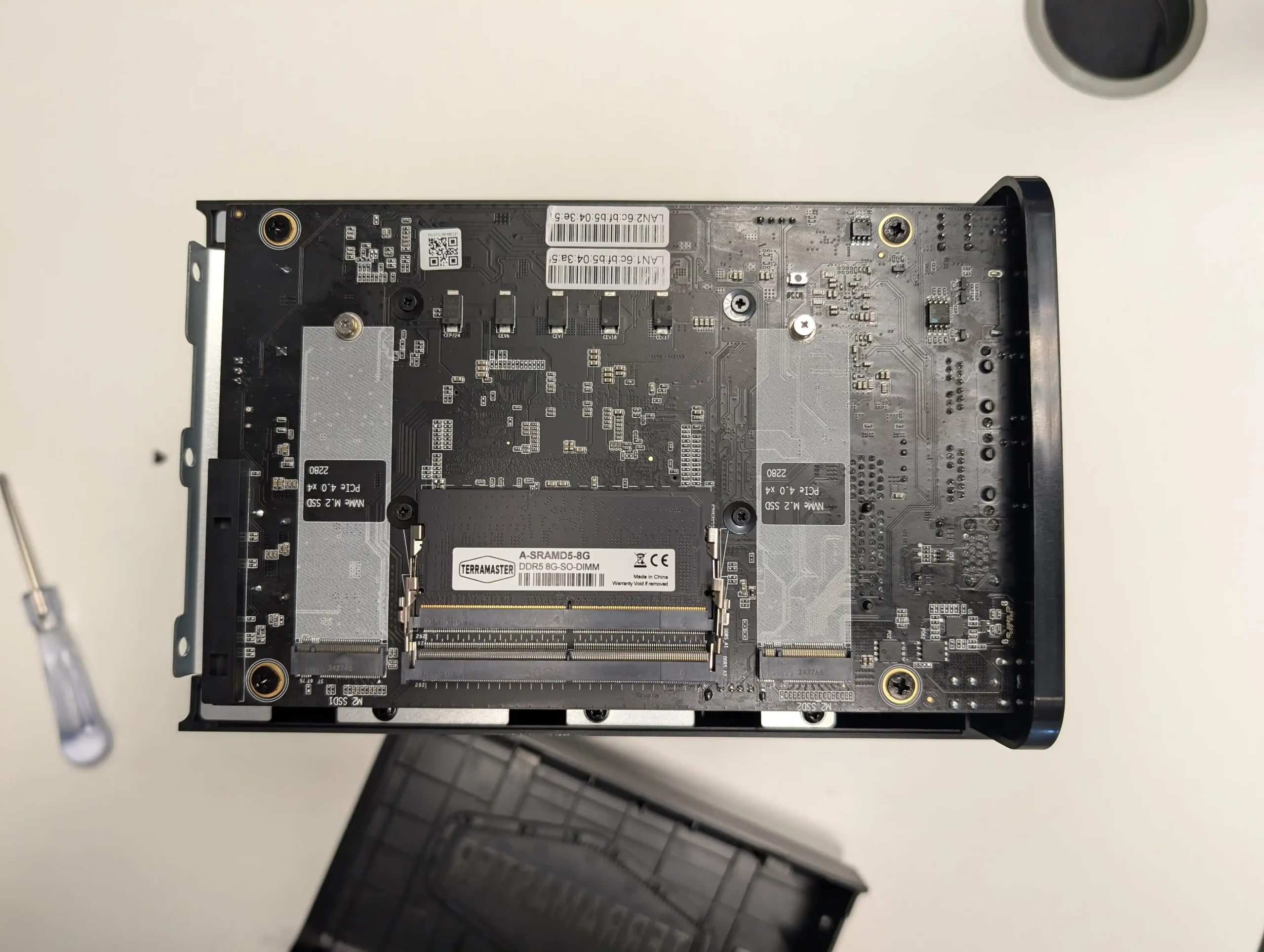
Chiefly purchased for its hardware until now, Terramaster is a brand that has a fairly comprehensive and well-detailed software platform in TOS. Of course, both of these brands provide much better value for money than alternatives in the market from other countries, but in a lot of cases, people are purchasing these solutions for more than just the bottom-line price.
The Lincplus Lincstation N1 & N2 4x M.2 and 10GbE NAS
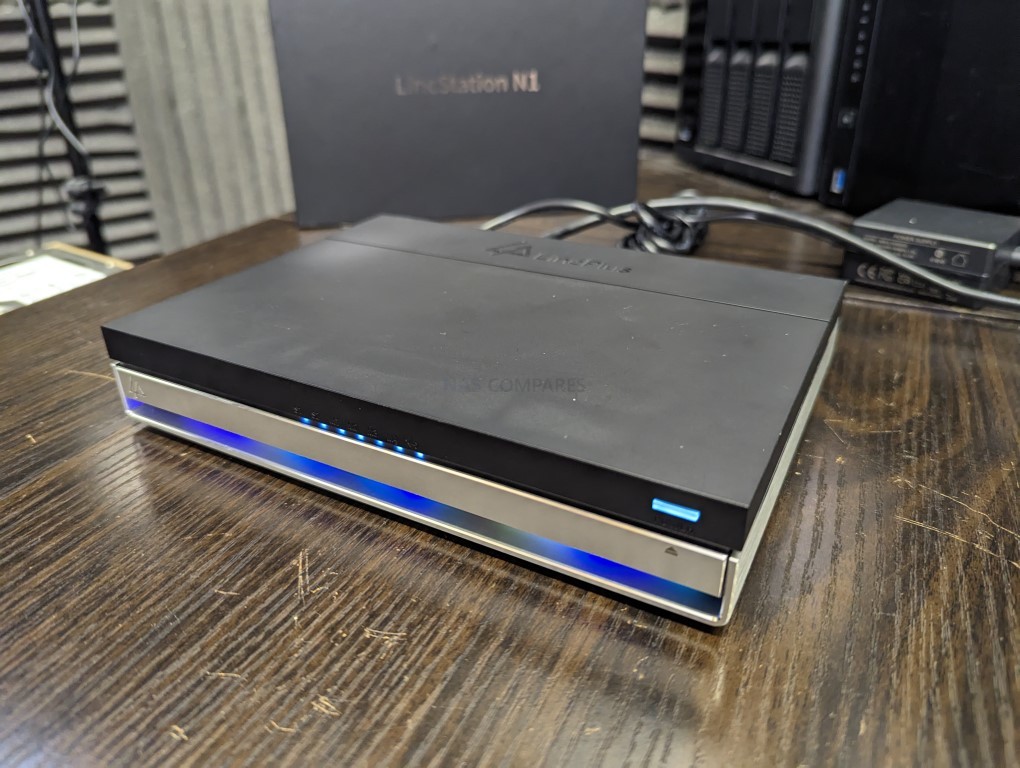
Alternatively, there is the now heavily saturated market of mini PC vendors who have modified a lot of their existing production and systems to now leverage towards storage. In many cases, some of these brands—such as Minisforum and GMKTec—already have a healthy relationship with consumers thanks to their mini PCs, and that brand awareness has clearly transferred over to NAS products.
The Minisforum N5 Pro NAS – AMD i9 HX370 / ECC Memory / 10+5GbE / 5 SATA and 3 M.2 NVMe
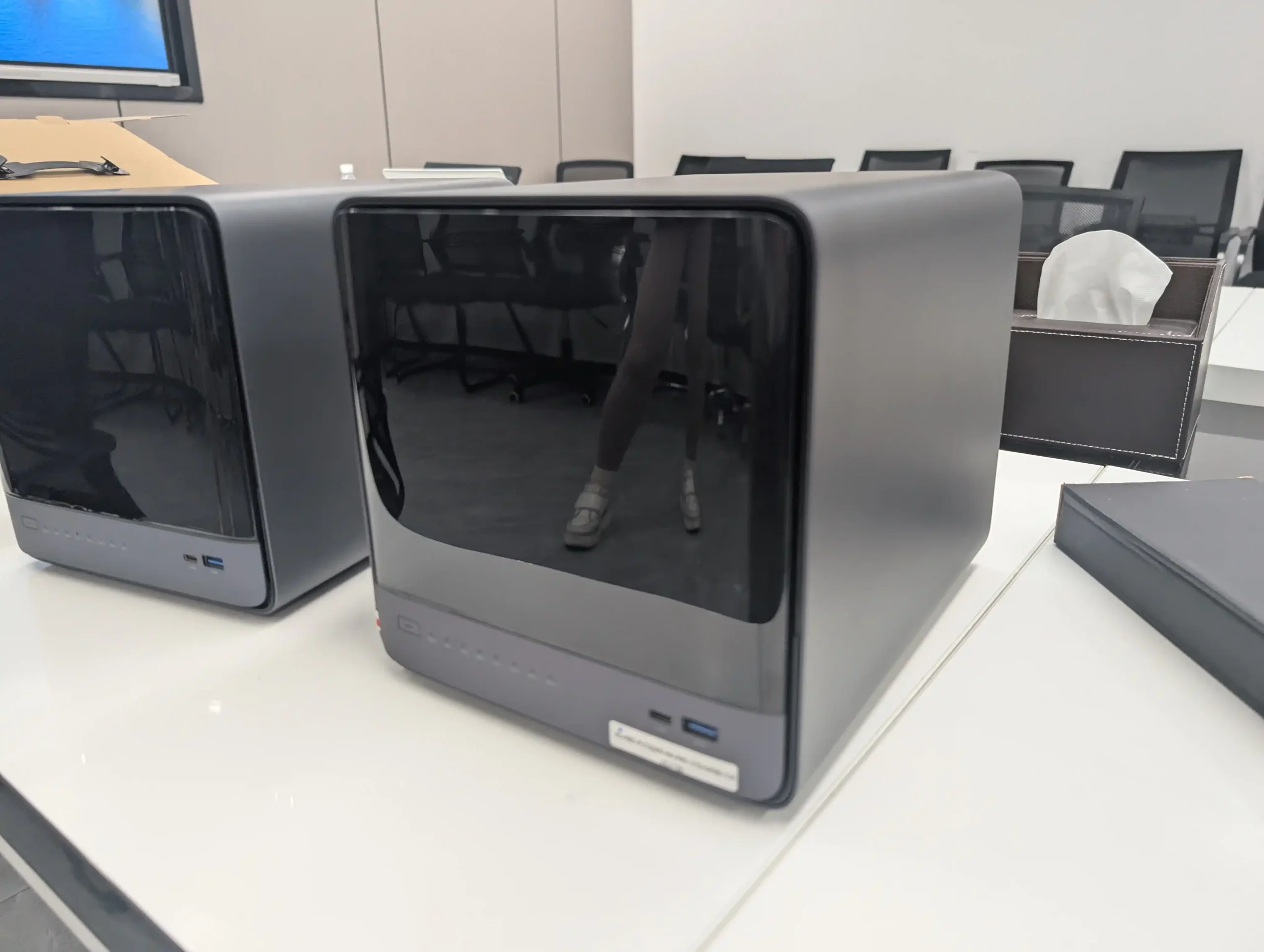
The other thing that makes these Chinese NAS products very appealing to new and even old NAS buyers is that a lot of them arrive without software included. This allows users to get just the hardware at a lower price and then go ahead and install software such as TrueNAS or UnRAID, because they want to take advantage of those more flexible (if slightly more intimidating) platforms. The majority of NAS products that arrive from other countries tend to arrive with their own NAS software included and, more often than not, do not allow the warranty to continue being supported if you install a third-party operating system. Whereas practically all NAS products that are developed in China tend to allow you to use third-party operating systems—even when they include their own OS (again, see Terramaster and Ugreen).
What Are the Benefits of Chinese NAS Systems?
Ultimately—and it’s kind of a shame that this is the headline here—but it is, of course, that NAS systems from China will generally give you much better hardware at a lower price tag. That isn’t to say that these systems are always going to be universally the lowest price, but it is simply that the average price tag of the system configuration and hardware, compared across multiple regions, will generally always end in the product being cheaper when it is manufactured in China.
UGREEN DXP8800 PLUS NAS – 10GbEx2, Intel i5 CPU, Gen 4×4 NVMe
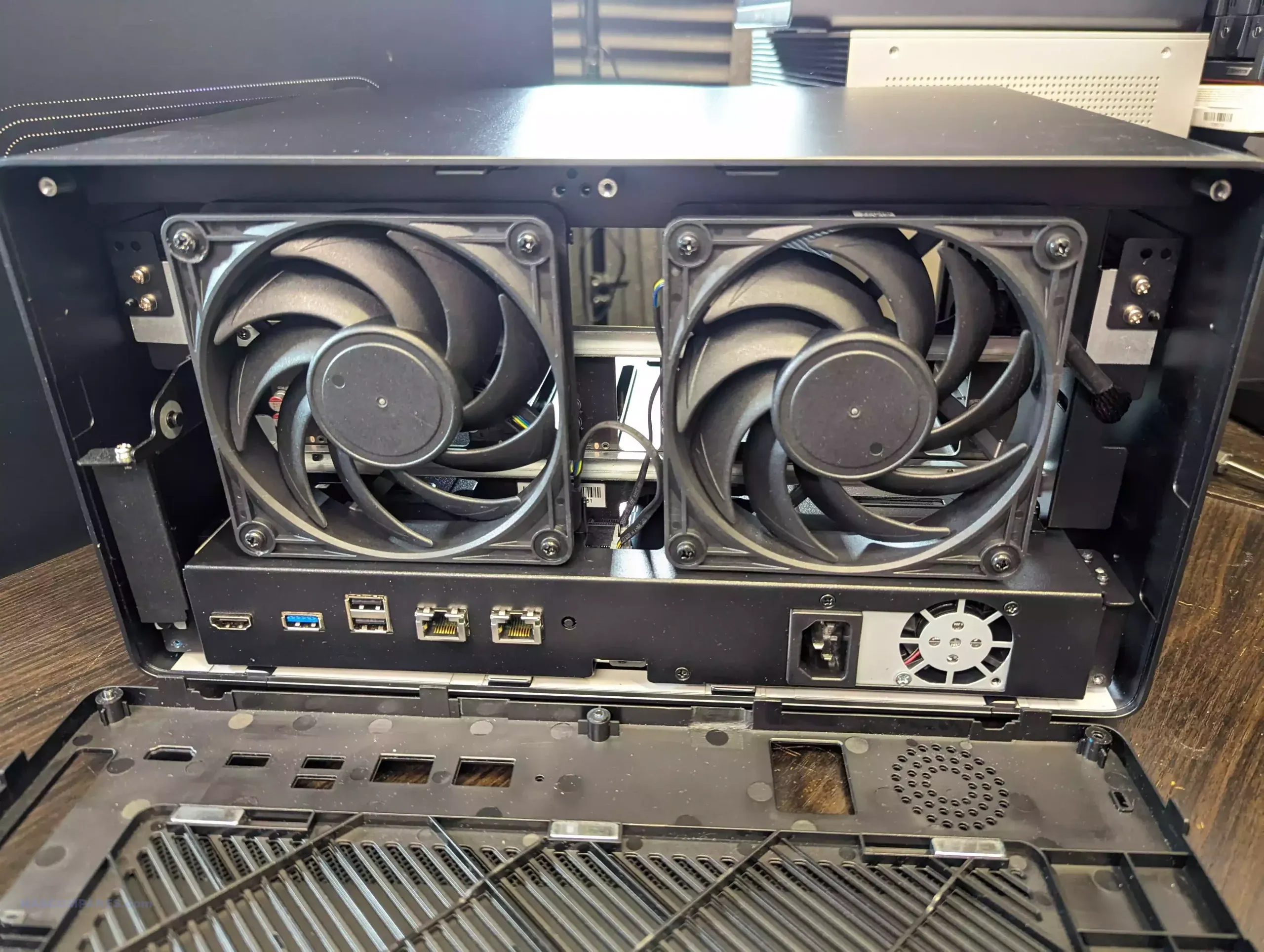
More often than not, whether you’re looking at a fairly modest entry-level Intel Celeron / Intel Alder Lake / Intel Twin Lake-based NAS system or scaling it up all the way towards Intel Core and AMD Ryzen systems, you will tend to find that NAS solutions built in China are as much as 25 to 30% lower in price than those made in the rest of the world.
The UnifyDrive UP6 6x NM.2 NVMe SSD Portable NAS
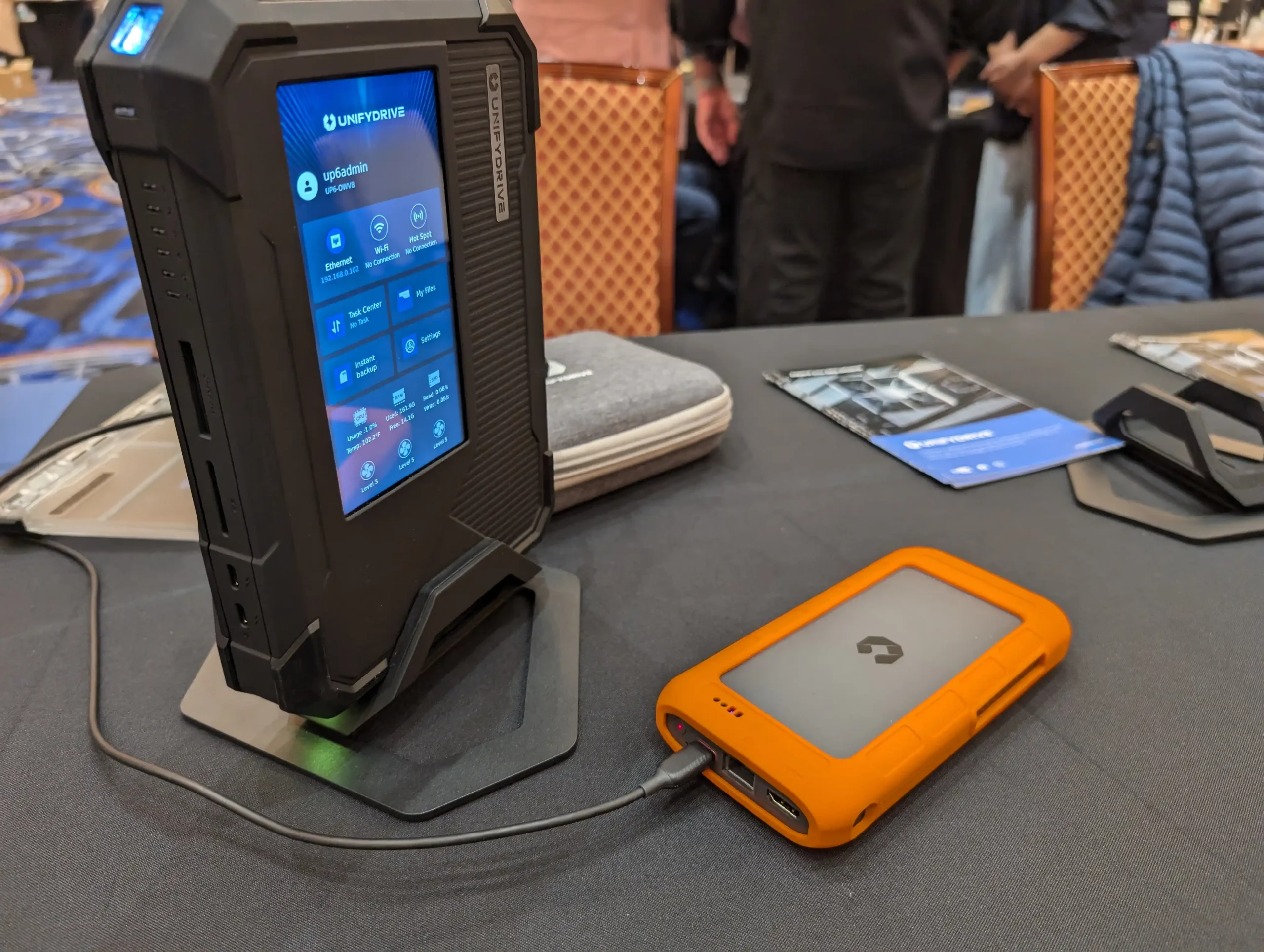
I guess you could also add that if you are based in the Eastern part of the world, there are also tremendous benefits to these solutions being so readily available and accessible. Indeed, on a recent trip to Shenzhen, I noticed how there were significantly more DIY NAS solutions available on the high street and in the tech malls than anywhere else in the world. A big part of this is that the general average standard understanding of tech hardware is higher out there than in a lot of Western regions. That isn’t to say that we don’t have a tremendously high volume of users who understand this kind of technology in the US and Europe, but the way it is framed to the consumer is notably different.
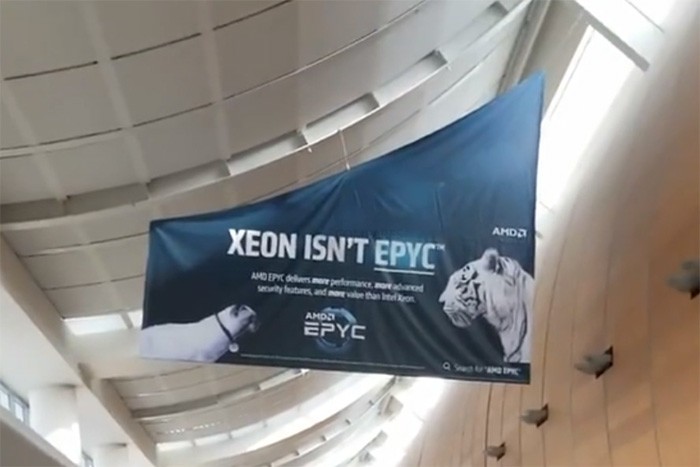
So, for example, if you walk around an airport in China, Hong Kong, or Taiwan, you will often see advertisements of a pretty technical nature with regard to CPUs and graphics cards on the back of trolleys, billboards, and on the sides of public vehicles. Whereas in America and Europe—although this is still not completely absent—adverts are much more focused on the end product, such as phones, tablets, laptops, and domestic client hardware.
Why Are People So Concerned About Chinese NAS System Security?
It is a pretty bloody valid concern! In recent years, tensions between large countries with regards to trade have been on the rise—one of the biggest being the US–China trade war, which, although it has ebbed and flowed over the last seven or eight years, is actually something that has existed for a few decades now. It largely boils down to the import and export of this kind of technology. However, the breaking point came when several Chinese products were found to contain spyware and malware that was hard-baked into the hardware and allowed for remote collection of user data. Numerous brands were implicated, and the fact that there is a degree of ambiguity between numerous Chinese brands in the eyes of the world—regarding how many of them cross over at the point of manufacture and how many of them are on the same production line filtering toward various brands—all added up to increased tensions and, eventually, several companies and organisations being barred from sale in the US.
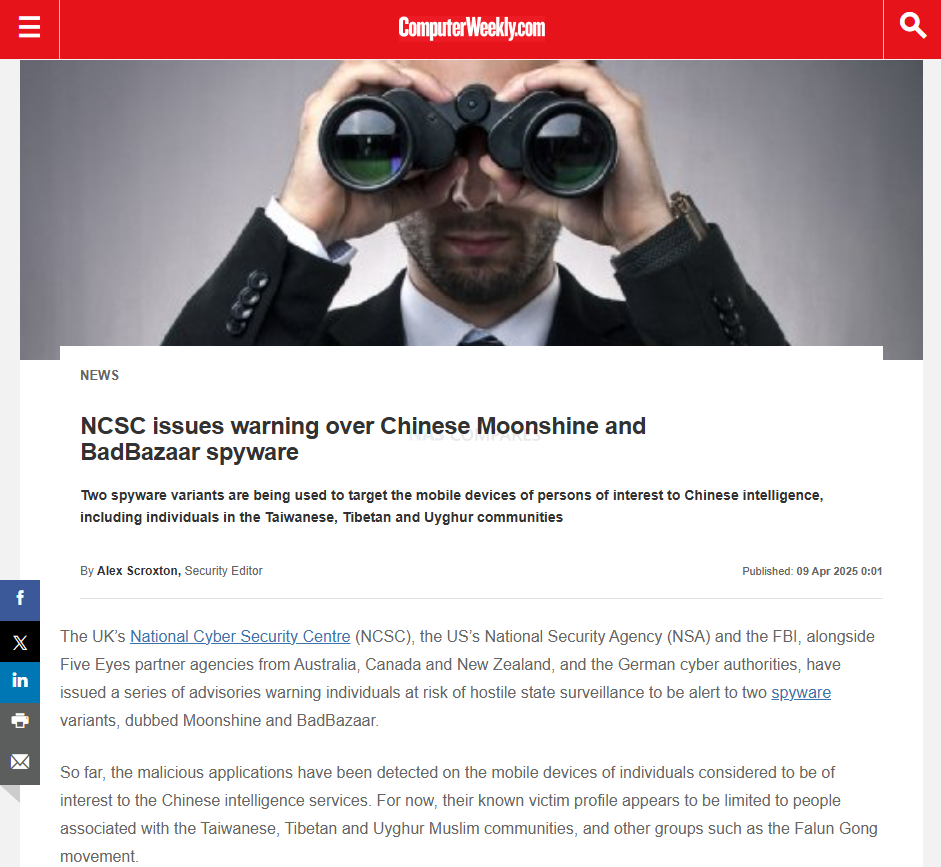
How much this has been respected by certain Chinese players in the past—I am not going to blanket-tarnish all Chinese brands with this, as that would be both unfair and hugely incorrect. Nevertheless, a small group of bad apples has certainly soured the mood for many when it comes to purchasing Chinese NAS products in terms of security, especially when it is noted that these systems will be on 24/7, contain all of your data, and, in many cases, are directly or indirectly connected to the internet depending on your own personal setup.
Source: https://www.security.com/threat-intelligence/us-china-espionage/
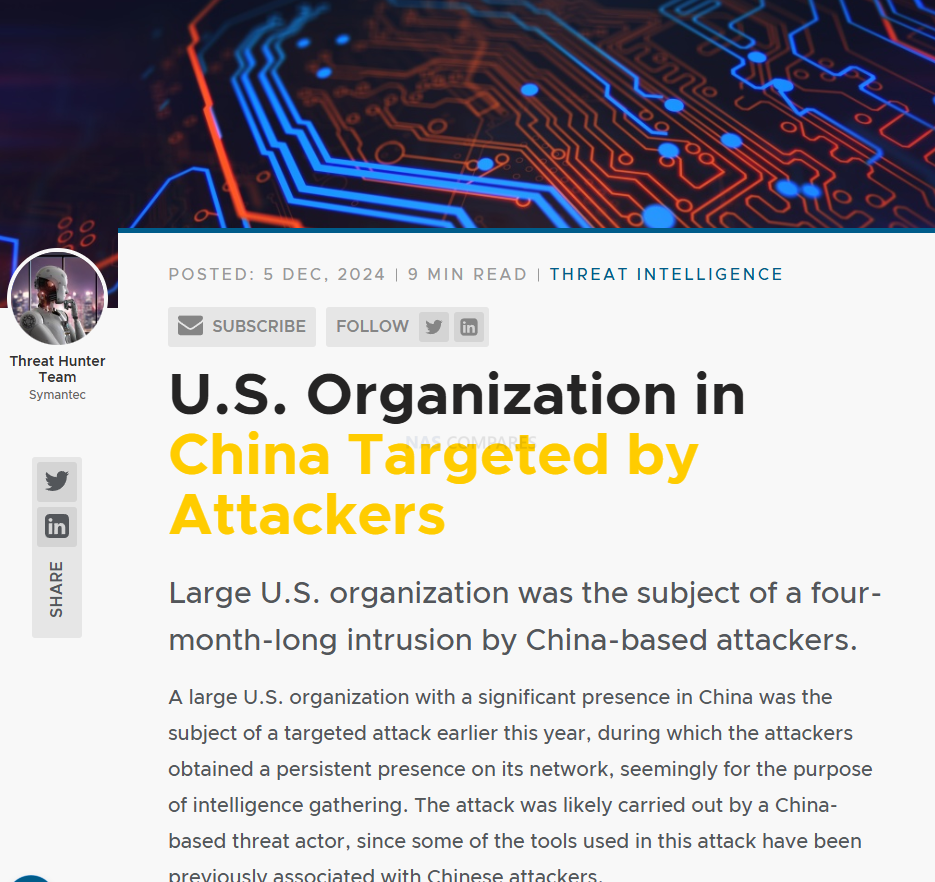
This is one of the main reasons why a lot of users will purchase a Chinese NAS product specifically if it does not arrive with any kind of included operating system. A lot of users would rather trust established and Western-orientated NAS brands such as TrueNAS and UnRAID, as these have a proven track record of firmware updates and security tools, but also have recognised vulnerability and security disclosure programs that they work with to be held accountable in the event of any security incident being recognised. Nevertheless, on numerous occasions, it has been noted that security vulnerabilities—and the aforementioned spyware, when it has been recognised—have been hard-baked into the hardware components and physical controllers, which means that regardless of the NAS software you use, some of these devices still have the potential to contain security vulnerabilities.
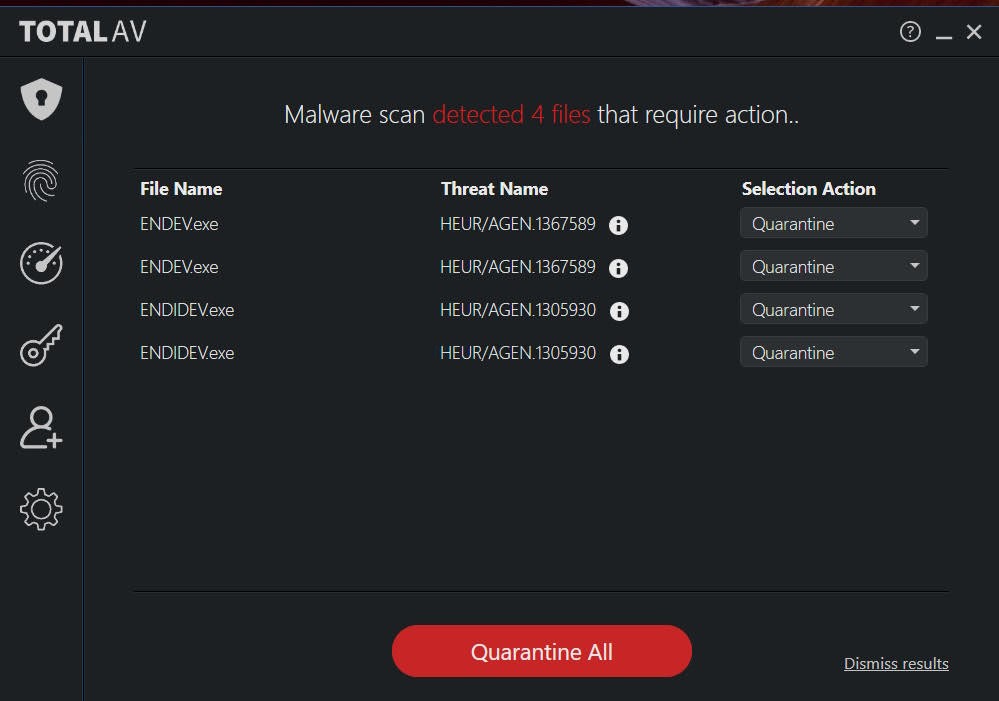
Now, playing devil’s advocate, it could actually be possible for any hardware manufacturer in any country in the world to implement these kinds of security breach methodologies into their hardware. When you really break it down, the architecture of a NAS device—regardless of where it is built in the world—is going to be largely similar to that of a standard PC, and therefore the opportunities for exploitation and manipulation are still going to be on the table. Nevertheless, although it has been recognised that different regions of the world have had their own bad actors who have introduced vulnerable devices into the market unbeknownst to end users, there is still no avoiding that the lion’s share of the manufacturers found culpable for this have been based in China.
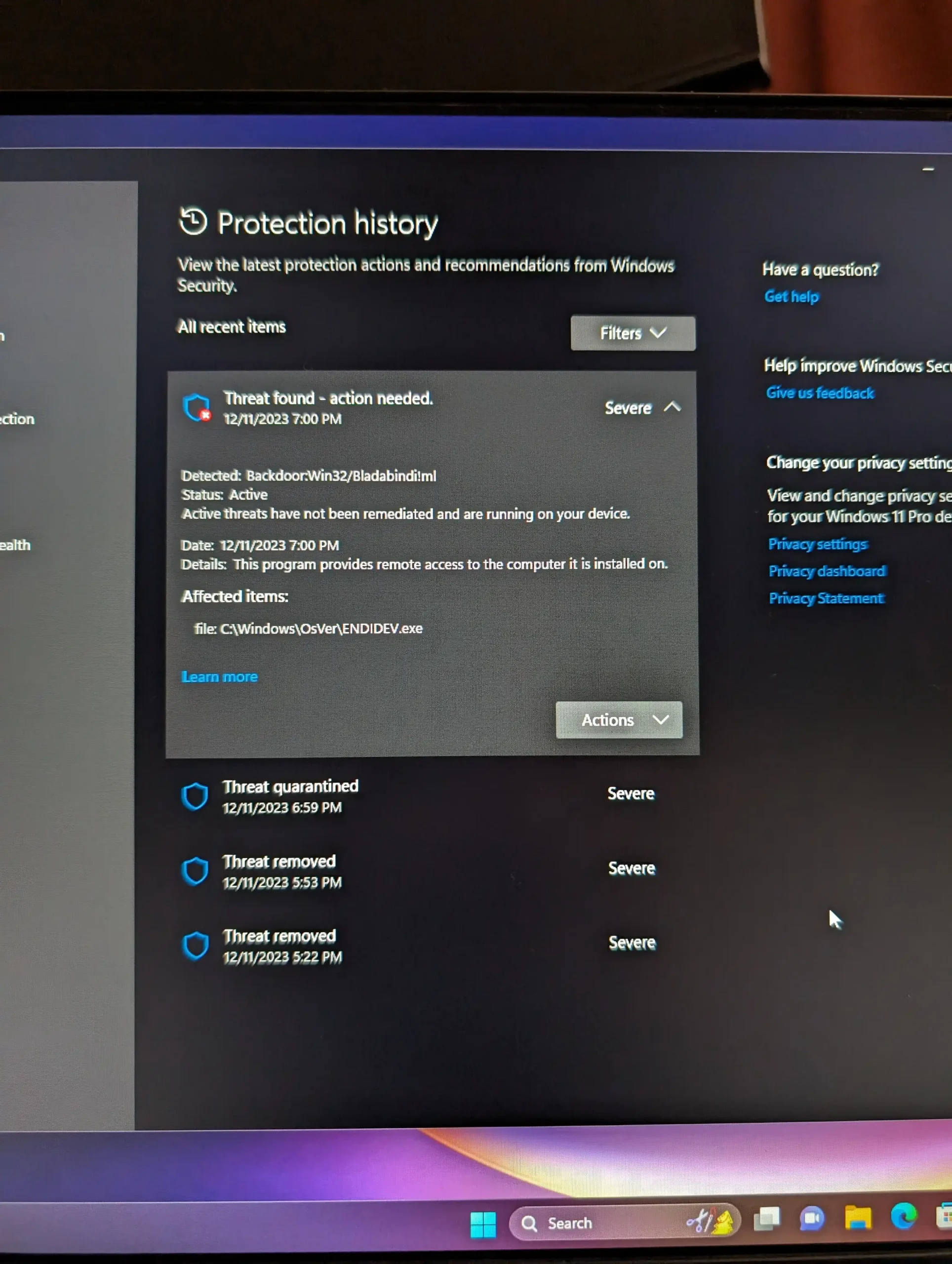
However, we also have to be slightly reasonable in that, given the larger share of hardware that is manufactured and distributed from China, then statistically, they are always going to have the larger number of incidents. The propaganda machine of numerous nations will always be at play to present a particular picture of the safety of imported devices, but all that aside, it does still seem that—despite instances of systems with inbuilt vulnerabilities decreasing all the time—they do crop up more frequently in products made in China than anywhere else in the world.
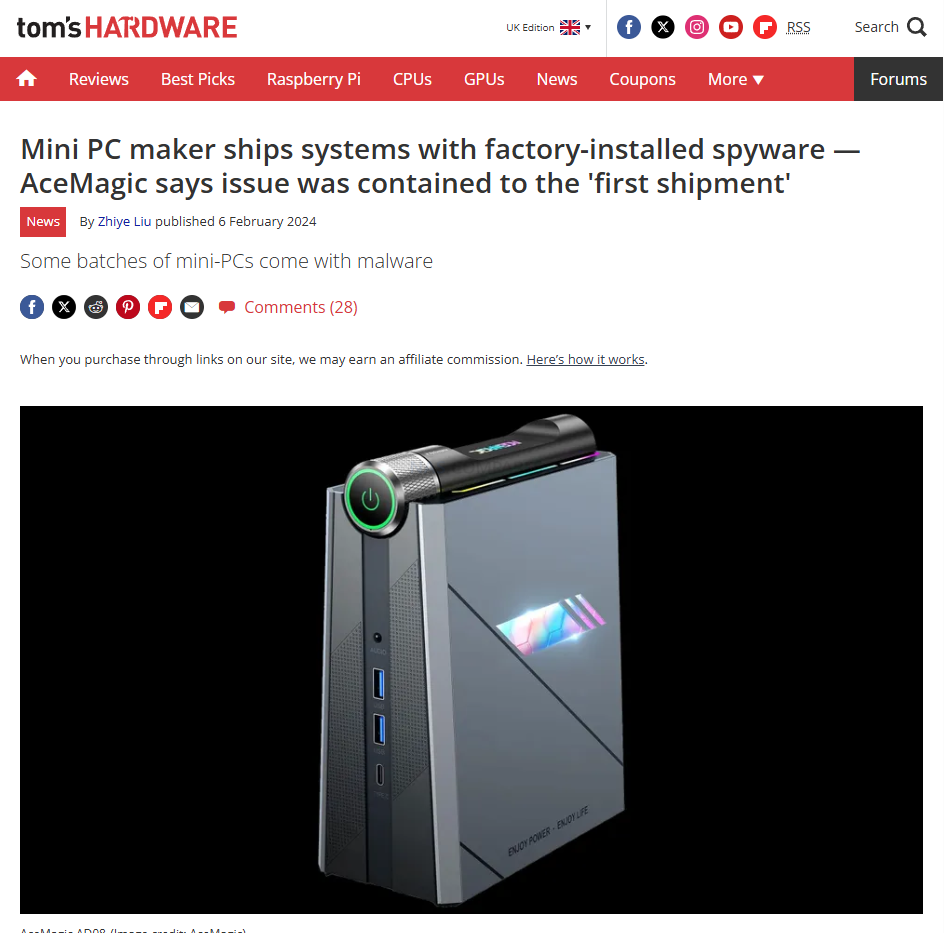
Should this be a reason to completely disregard purchasing a NAS solution from China? No, I don’t think so. I think it is a good reason to investigate the brand or organisation that you’re choosing to purchase from. I think it is a good reason to investigate how long a company has been in operation and to find out more about their offices and operations before making a purchase. And I do think it is all the more reason why organisations should not automatically assume that any piece of hardware from anywhere in the world is automatically the most secure out of the box, and should be implementing their own firewalls, VPNs, authentication methods, and security protocols regardless.
Remote Accessing My Chinese NAS – Alternatives to the Host OS
If you’re hesitant to use the default remote access features provided by your Chinese-made NAS due to privacy, transparency, or security concerns, you’re not alone—and thankfully, there are much safer and more trusted options available.
One of the most popular and user-friendly tools in this space is Tailscale, a modern mesh VPN built on WireGuard. Tailscale allows you to securely access your NAS (or any other device on your network) from anywhere in the world—without the need for risky port forwarding, dynamic DNS, or vendor cloud logins. With just a few clicks, you can create a private, end-to-end encrypted network between your NAS, phone, tablet, and computers, all managed via a clean web dashboard. It works across firewalls, NAT, and even CGNAT (carrier-grade NAT), which makes it ideal for less technical users looking for peace of mind when accessing their files remotely.
For those who want more customization or are working in slightly more advanced environments, there are other powerful self-hosted or cloud-assisted VPN solutions worth considering. Tools like ZeroTier allow for flexible, programmable virtual networks with global peer-to-peer routing. Meanwhile, OpenVPN and WireGuard (standalone) offer rock-solid, time-tested security for users comfortable with deploying and managing their own VPN servers. These services can be installed directly on your NAS or hosted on another home server or Raspberry Pi on the same network, offering complete control over who gets access and how. If you’re running TrueNAS, UnRAID, or even Debian/Ubuntu-based DIY NAS software, many of these can be installed natively or through Docker containers. This means you can completely bypass the vendor-supplied cloud services, eliminating a major attack surface while retaining secure access from anywhere.
Here are some of the most reliable and widely recommended remote access alternatives:
-
 Tailscale – Simple, secure mesh VPN using WireGuard; ideal for non-technical users
Tailscale – Simple, secure mesh VPN using WireGuard; ideal for non-technical users -
 ZeroTier – Virtual network overlay with programmable access control and P2P routing
ZeroTier – Virtual network overlay with programmable access control and P2P routing -
 WireGuard (standalone) – Lightweight, fast, and secure VPN for advanced users
WireGuard (standalone) – Lightweight, fast, and secure VPN for advanced users -
 OpenVPN – A well-established, highly configurable VPN solution
OpenVPN – A well-established, highly configurable VPN solution -
 Dockerized Access Tools – Solutions like Headscale (Tailscale self-hosted), PiVPN, or Cloudflare Tunnel
Dockerized Access Tools – Solutions like Headscale (Tailscale self-hosted), PiVPN, or Cloudflare Tunnel -
 Cloudflare Tunnel (Argo Tunnel) – Secure reverse proxy with public access protection
Cloudflare Tunnel (Argo Tunnel) – Secure reverse proxy with public access protection -
 FRP (Fast Reverse Proxy) – Lightweight self-hosted tunnel service often used in Chinese networks
FRP (Fast Reverse Proxy) – Lightweight self-hosted tunnel service often used in Chinese networks -
 Syncthing – Peer-to-peer file sync tool for remote file access without VPN (for specific folders)
Syncthing – Peer-to-peer file sync tool for remote file access without VPN (for specific folders)
Using any of these tools, you can confidently disable or ignore the default remote access features provided by your NAS vendor and instead implement a hardened, trusted, and fully auditable solution. In doing so, you’re minimizing potential exposure, maintaining privacy, and ensuring that your remote access setup is under your control—not in the hands of a third-party vendor.
Should Users Be Concerned About Support?
Alongside the ever-present concerns around security, the other big issue that users tend to mention about purchasing Chinese NAS products is to do with support. It’s not unusual for a product or solution that you purchase in the market to not have a local or regional office that you can talk to in the event of hardware faults or software difficulties. Just because a product is manufactured in China doesn’t mean it’s the only one that suffers from the geographical hurdles of purchasing a system built in a completely different country than your own.
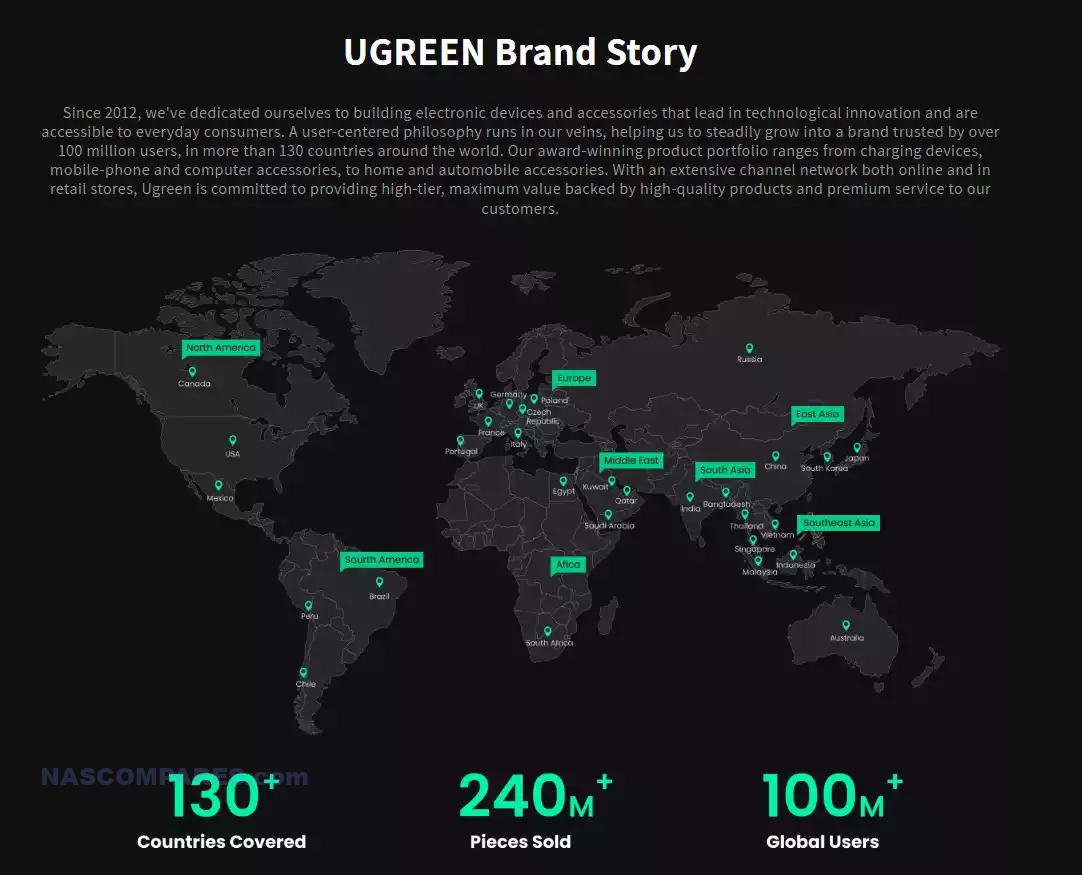
For example, there are plenty of American manufacturers that do not have any regional offices in Europe, and most support is provided remotely. In those cases, what puts support for products made in China into a different category for many is:
-
Language and cultural differences in communication between end users and the brand, and
-
The logistical difficulties of replacing a malfunctioning device with a replacement or repair.
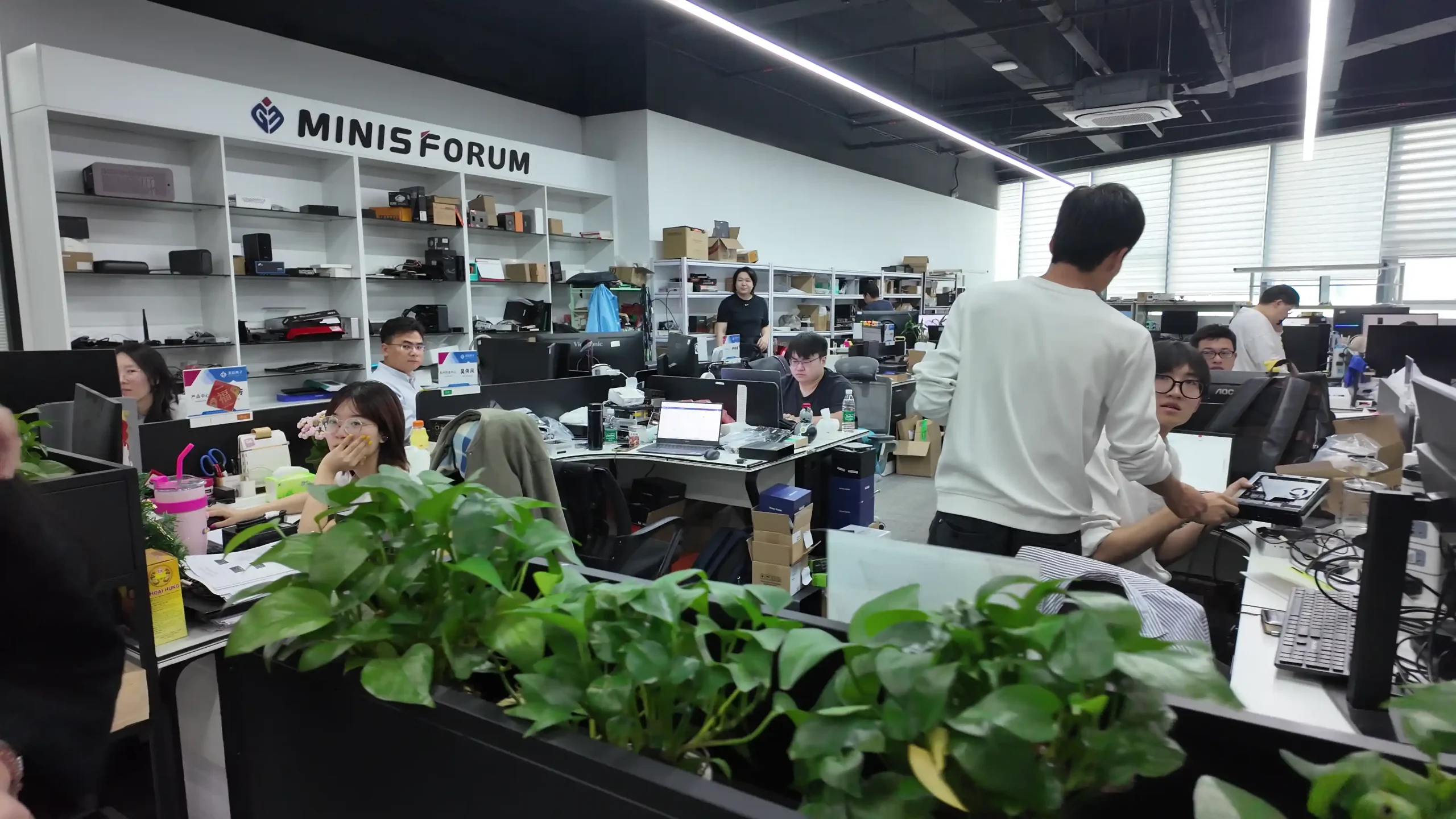
Most of us are quite familiar with—and are happy to accept—that issues occur in the day-to-day operations of most large-scale mass manufacturing production lines. Even high production lines with a 0.01% failure rate, once you break into the million units, are still going to result in a handful of users who might receive a unit that is less than fully operational. But alongside the delays of swapping a bad device for a good one, other hurdles such as time zone differences and potential tax issues upon devices travelling internationally need to be considered. Many of these issues are not any one country’s fault and are just part and parcel of global trade that’s ever-present in any technology. However, it is how certain Chinese brands negotiate these many hurdles when selling goods to the US and Europe that very quickly sets apart the good organisations from the bad ones.
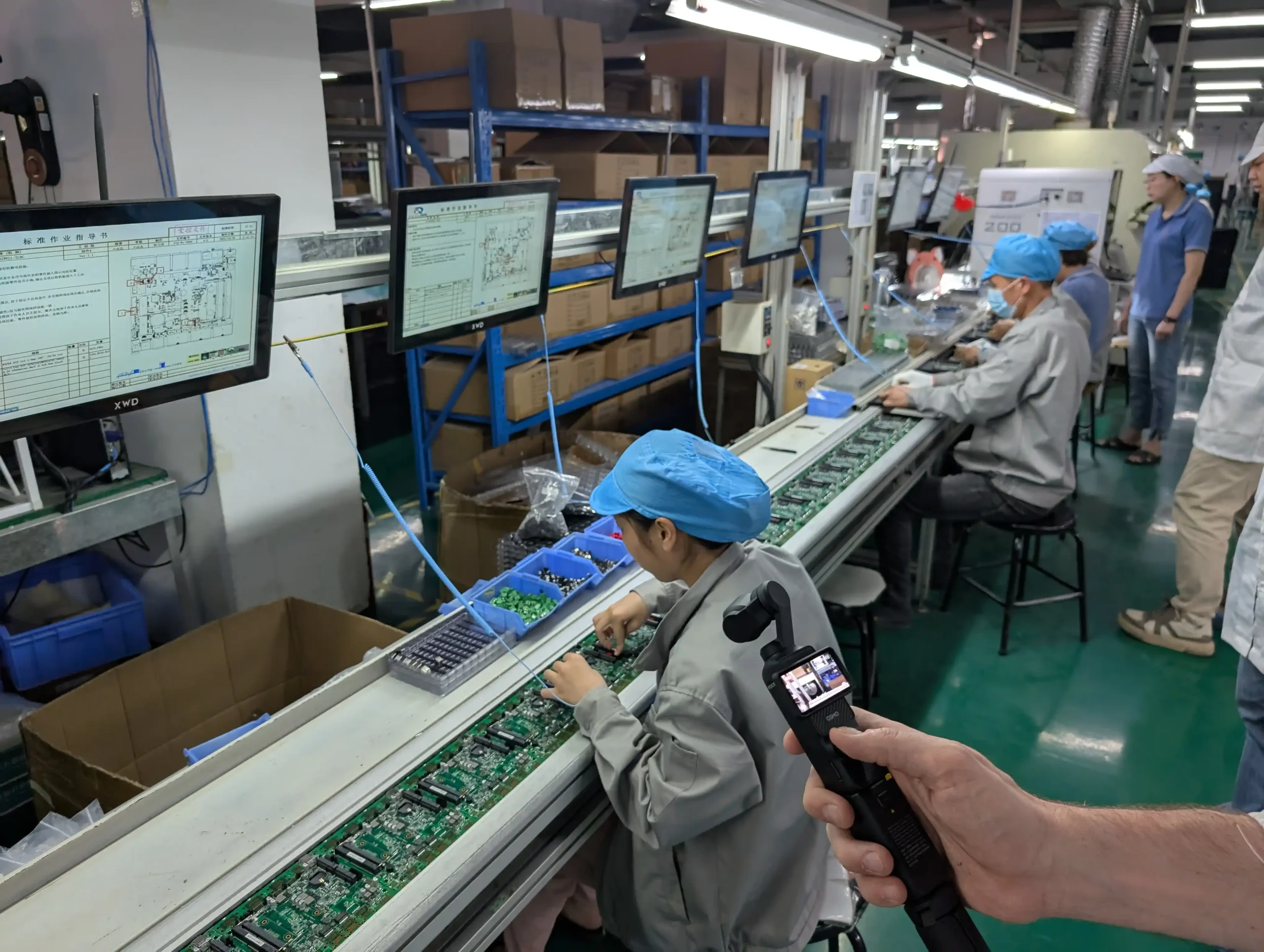
In my years reviewing and installing different Chinese NAS solutions, some brands have definitely stood out more than others in terms of their support. For example, in the past 2 years, I have heard significantly more positive warranty/repair threads for CWWK, Jonsbo, and Terramaster than I have for brands like GMKtec, B-Link, or pretty much any brand that only seems to exist on AliExpress and Alibaba but has practically no in-house website or Western presence. That isn’t to say that those first few companies I mentioned have a 100% success rate—definitely not. Some simple Googling will always find you both good and bad instances. However, broadly, I’ve had better feedback from people I have provided support for and from numerous NAS subreddits for those brands than I have for some of the lesser-known and far more isolated organisations.
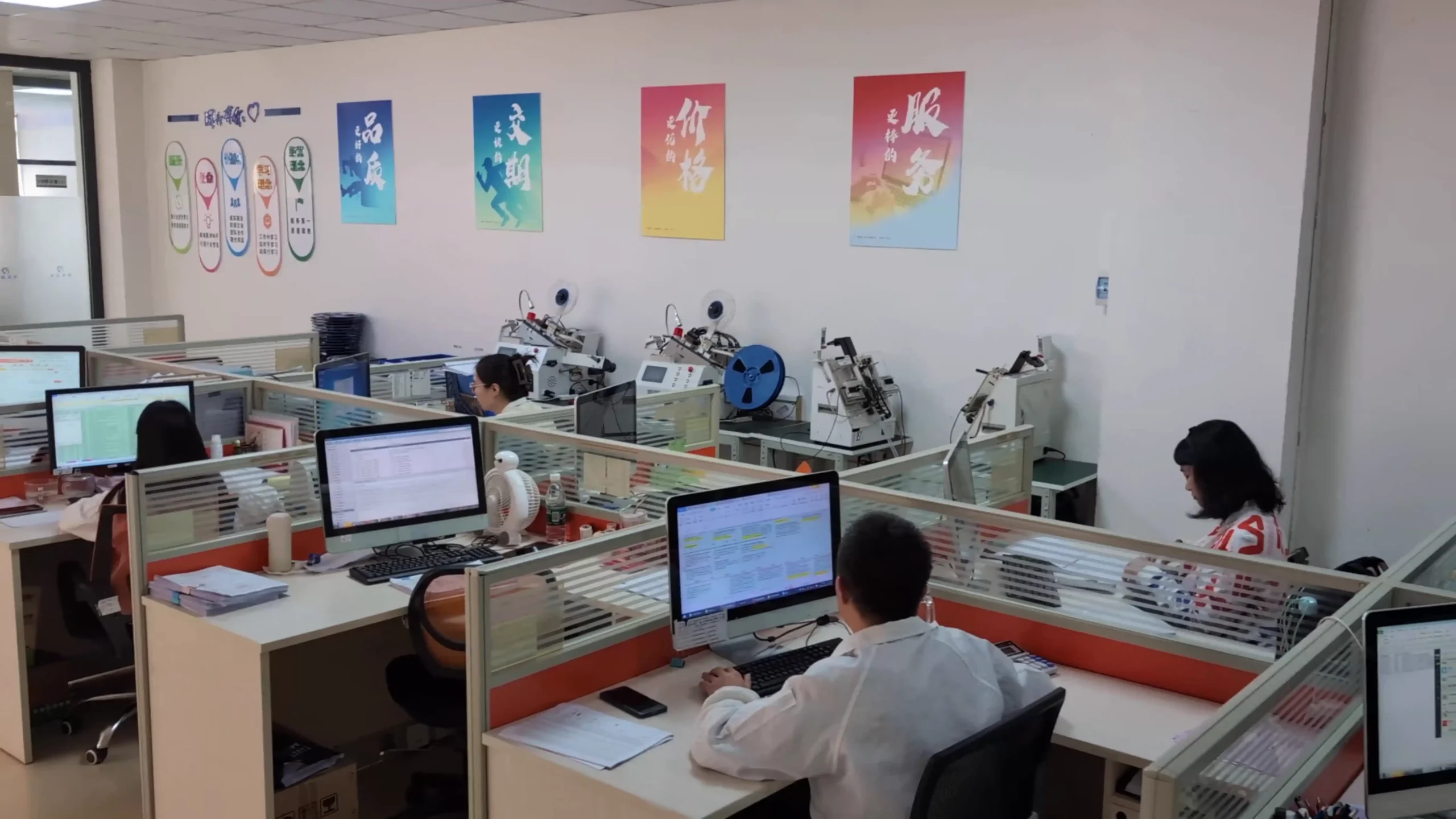
Another point to highlight is that some of the lesser-known brands are simply reusing existing designs and hardware architecture provided by an original manufacturer and relabelling it as their own. For example, CWWK manufactures a large amount of the hardware solutions you may see in the market, but it just so happens that they are sold to contractors and lesser-known providers who then apply their own manufacturer’s badge.
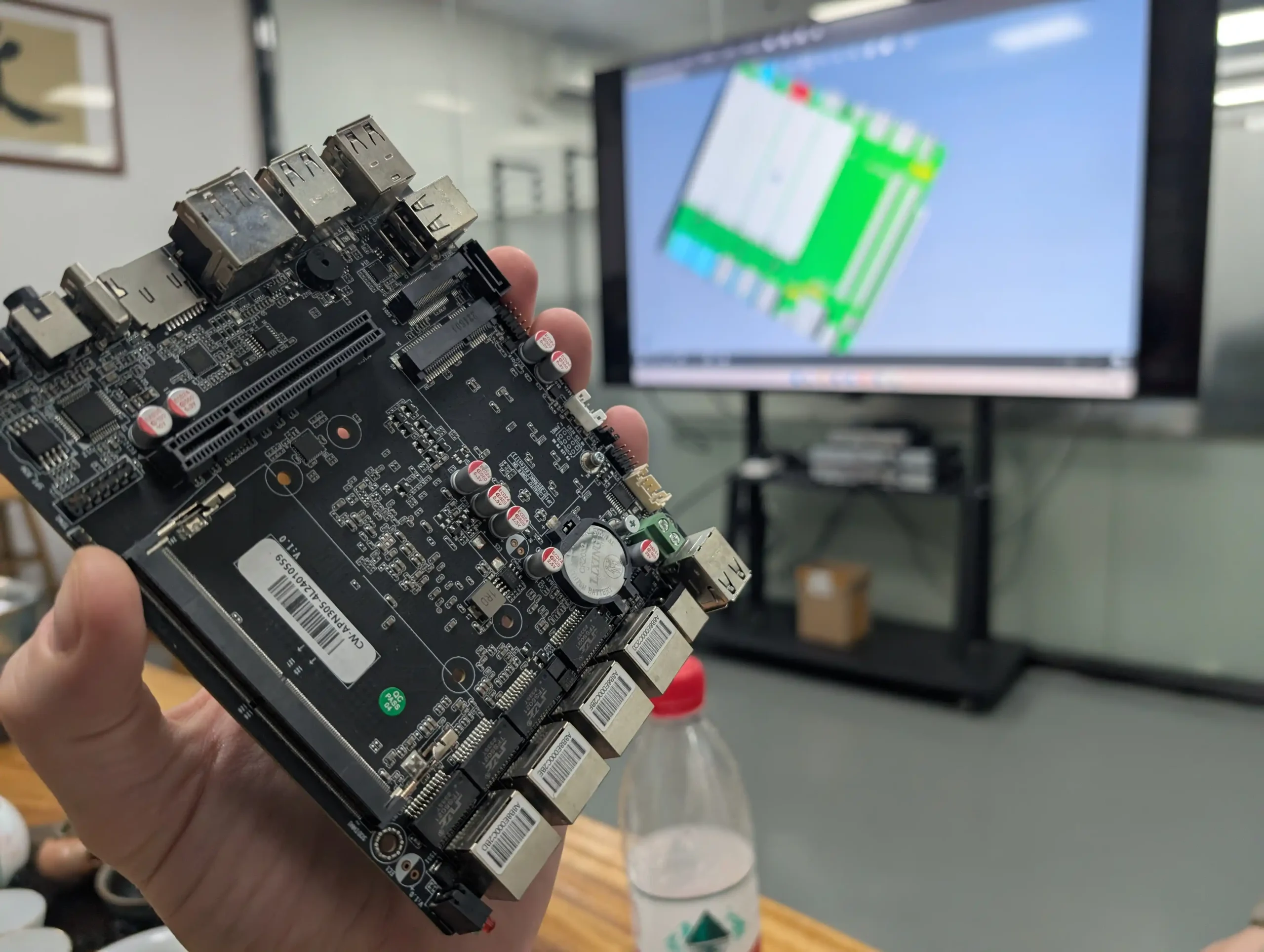
Where this becomes a problem with support is that if you encounter an issue with your hardware, the relabelled and rebadged name that’s been applied to that CWWK product can only provide limited support and even weaker hardware repair, as they are heavily reliant on the original manufacturer and their own production lines.
In these cases, I once again heavily recommend that if you are going to purchase any Chinese NAS product, that you go to the source. And circling back to the issue of security I mentioned earlier on, you tend to find that when spyware has been found on some hardware systems, it has been due to software that was applied to the hardware after it left the original manufacturer—more often than not, applied within an .exe found autoloading in the included copy of Windows.
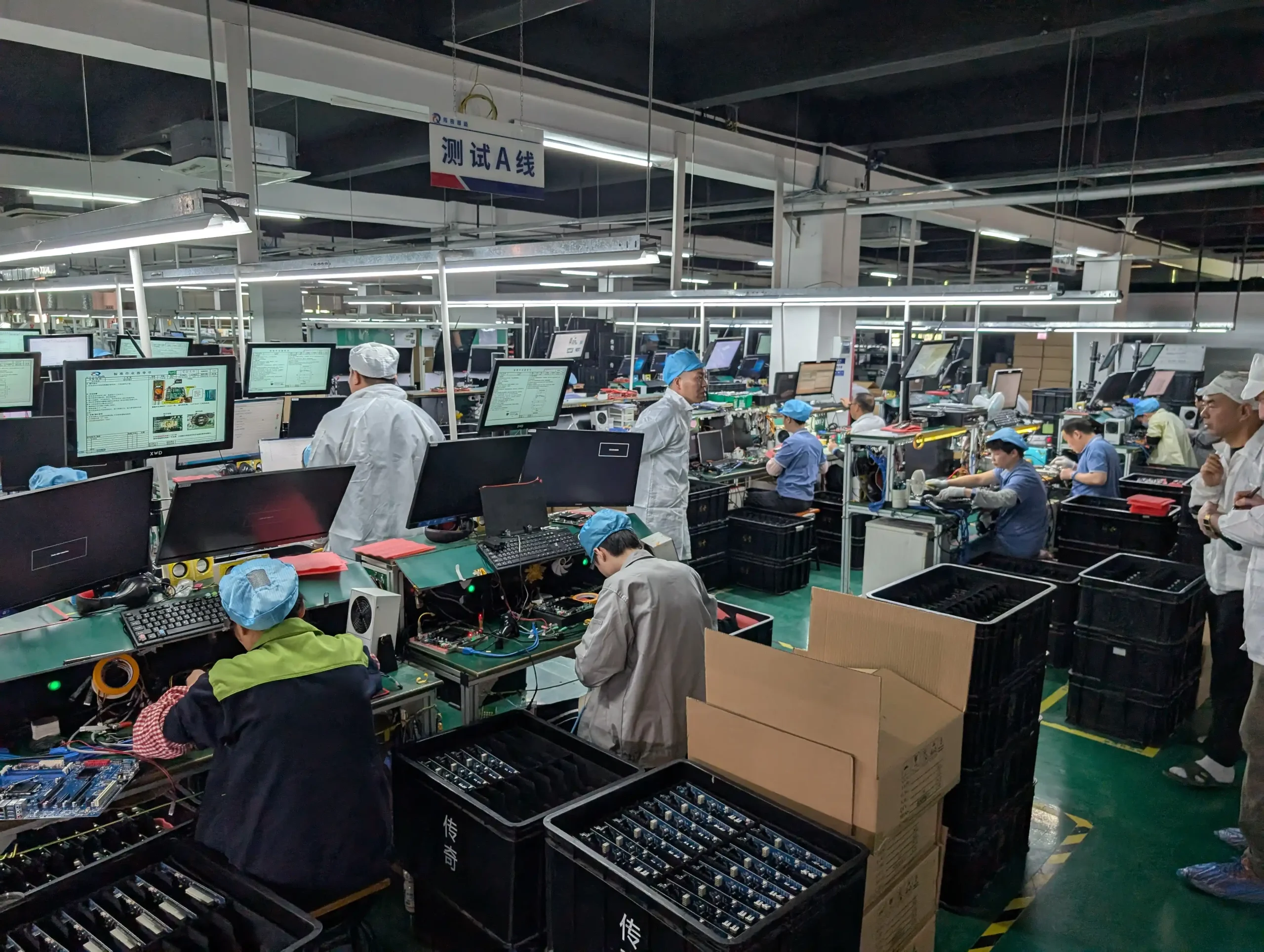
So once again, double-check that the brand you’re talking to is the original manufacturer before you purchase a Chinese NAS solution, and double-check that they have some kind of Western presence first. It may seem almost obvious and naïve to say this, but ultimately, a lot of these organisations operate on tremendously thin profit margins. This means that the cost of manpower and hiring sufficiently skilled people to create these Western websites and English-understood points of sale is often left by the wayside by the less scrupulous organisations, as they simply do not have a clear enough print-to-profit or long-term strategy to provide solutions they can trust in order to engage with this.
Should I Buy a NAS from China?
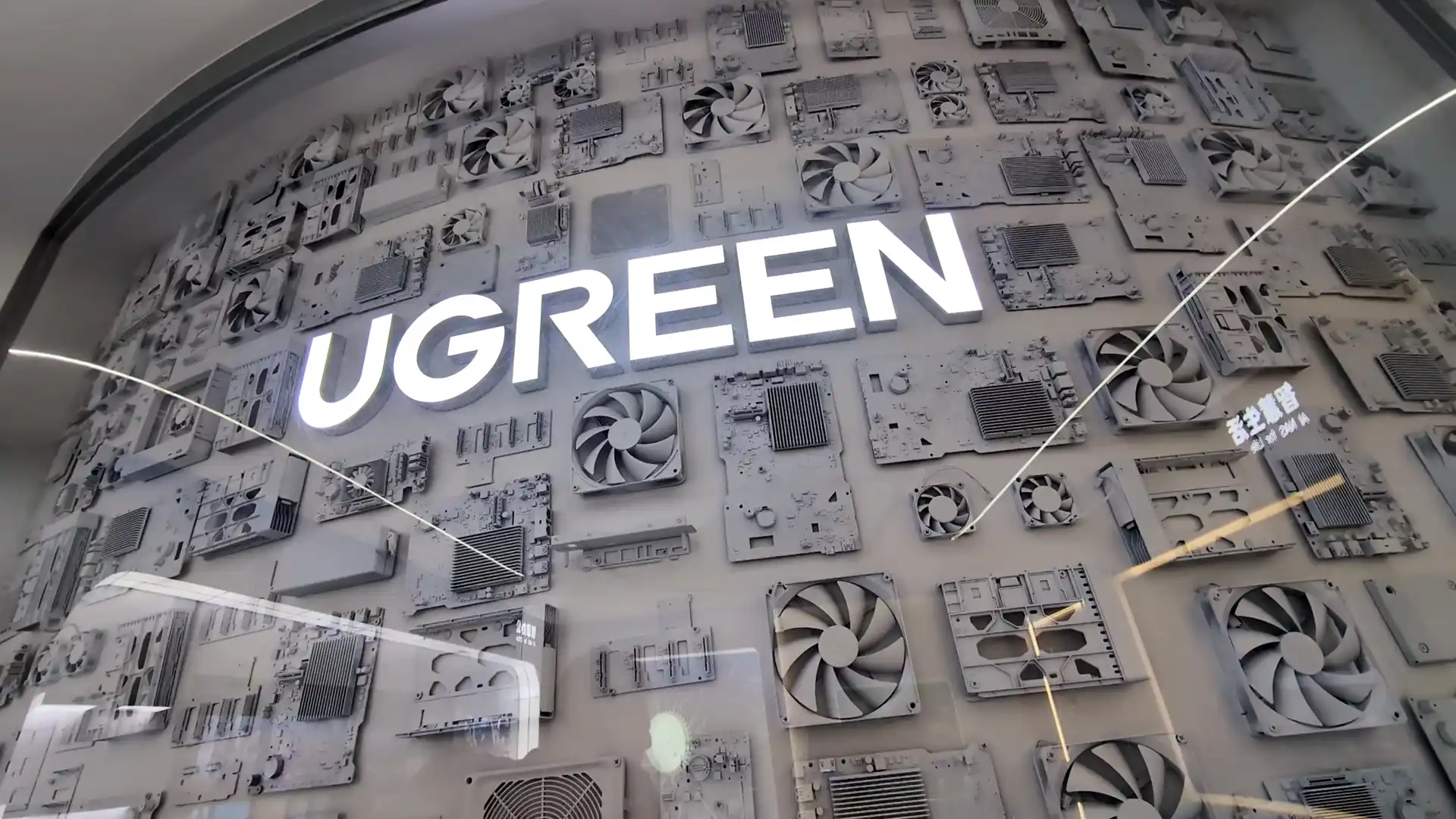
The short answer? Yes, I think you can. You should be as security-aware as (frankly) you should be with any NAS product—as any 24/7 data storage solution is only one vulnerability away from being compromised. But as long as you know the risks and understand that support is not going to be as “next day” as it would be if you purchased a local product, I do genuinely think that you are okay to buy a Chinese NAS solution from the more well-known and reputable brands in the market. If the brand doesn’t have much of an online presence outside of China—even doesn’t really have much of its own website outside of AliExpress, Amazon, or Alibaba—avoid them like the plague! Because those brands that aren’t prepared to make even the token effort to have much of an online presence outside of a retail website have certainly not got the profit margin to provide any kind of meaningful support and are more likely to cut corners. Worse still, it is those organisations that have such slim profit margins that are almost certainly going to be the ones that may be more susceptible to influence in installing exploitative or malware software components on their systems for an additional backhand payment.
Chinese NAS Brands That I Recommend
These are the brands I would personally recommend if you are considering a China-based NAS brand. These are 6 brands that I have used many of their products (NAS and others) that I have found the best experiences with, as well as, on balance,e the best online support and communication. No brand is perfect, and look hard enough and you will find good and bad on any brand, really, but these are six examples of brands that stand out from the others.

|

|

|
|

|

|
 SUBSCRIBE TO OUR NEWSLETTER
SUBSCRIBE TO OUR NEWSLETTER 
[contact-form-7]
 Join Inner Circle
Join Inner Circle
Get an alert every time something gets added to this specific article!
 Subscribe
Subscribe
This description contains links to Amazon. These links will take you to some of the products mentioned in today's content. As an Amazon Associate, I earn from qualifying purchases. Visit the NASCompares Deal Finder to find the best place to buy this device in your region, based on Service, Support and Reputation - Just Search for your NAS Drive in the Box Below
Need Advice on Data Storage from an Expert?
Finally, for free advice about your setup, just leave a message in the comments below here at NASCompares.com and we will get back to you. Need Help?
Where possible (and where appropriate) please provide as much information about your requirements, as then I can arrange the best answer and solution to your needs. Do not worry about your e-mail address being required, it will NOT be used in a mailing list and will NOT be used in any way other than to respond to your enquiry.
[contact-form-7]
Need Help?
Where possible (and where appropriate) please provide as much information about your requirements, as then I can arrange the best answer and solution to your needs. Do not worry about your e-mail address being required, it will NOT be used in a mailing list and will NOT be used in any way other than to respond to your enquiry.
[contact-form-7]
 Ko-fi or old school Paypal. Thanks!To find out more about how to support this advice service check HEREIf you need to fix or configure a NAS, check Fiver
Have you thought about helping others with your knowledge? Find Instructions Here
Ko-fi or old school Paypal. Thanks!To find out more about how to support this advice service check HEREIf you need to fix or configure a NAS, check Fiver
Have you thought about helping others with your knowledge? Find Instructions Here

|
 |

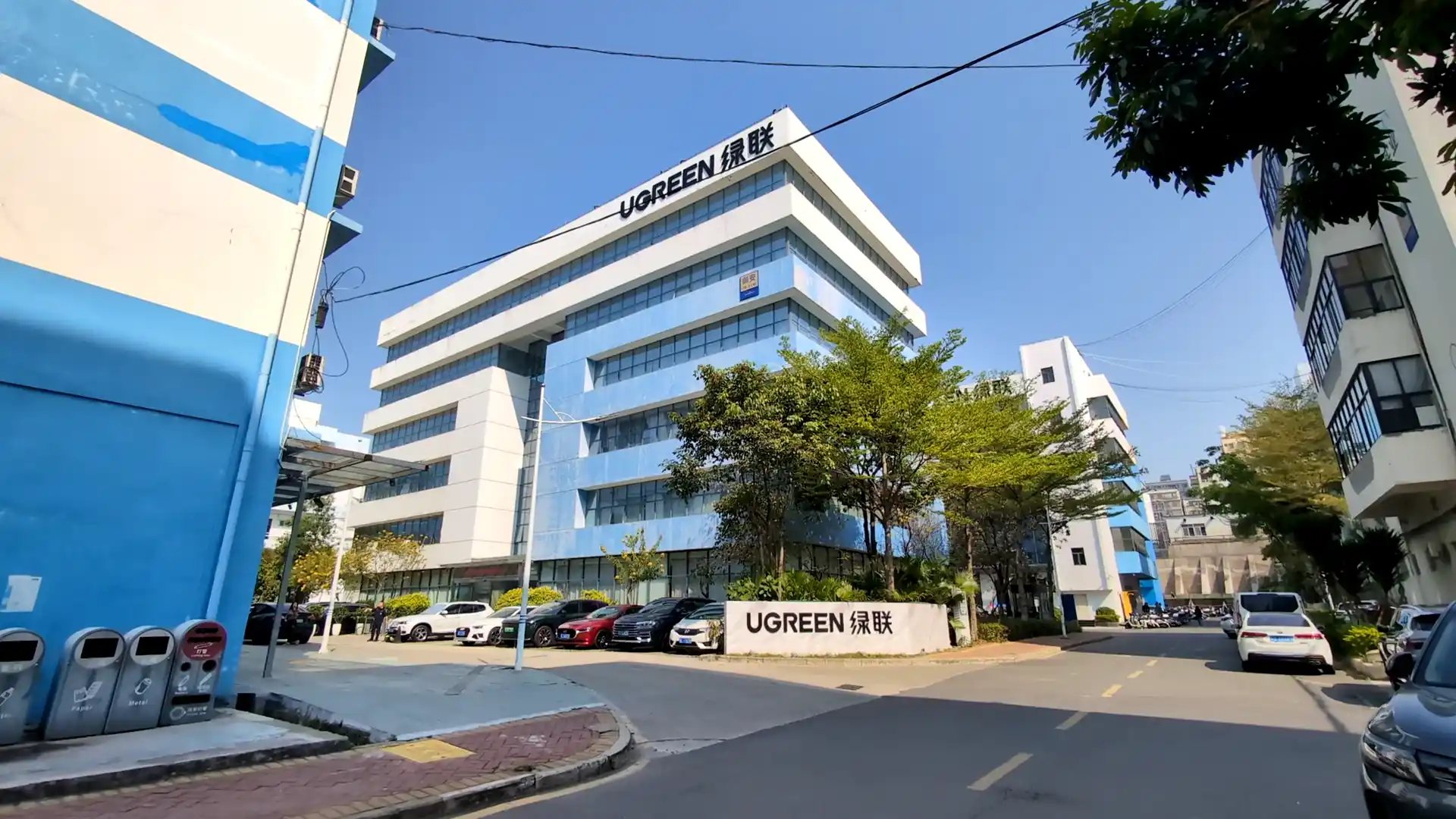

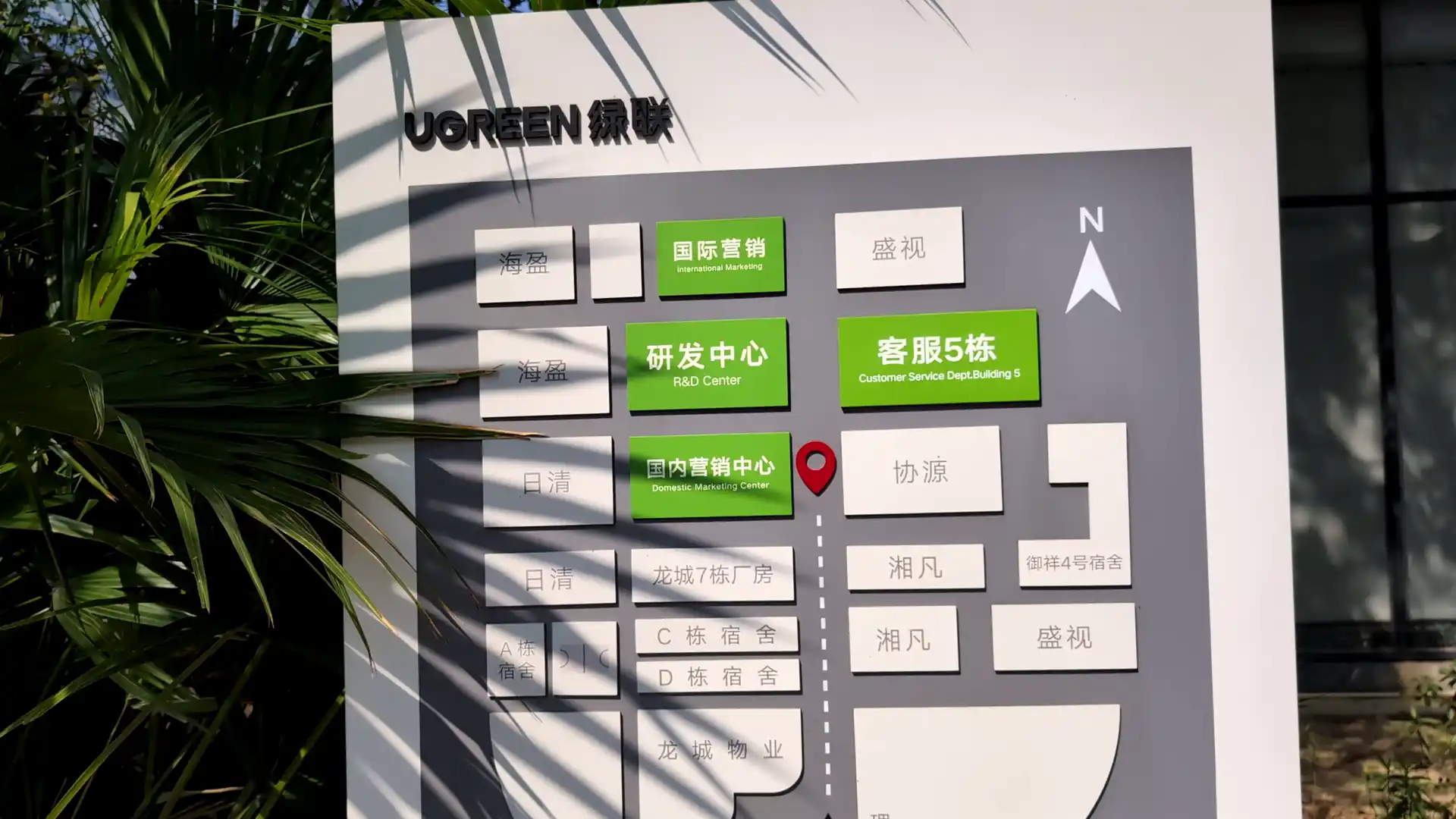
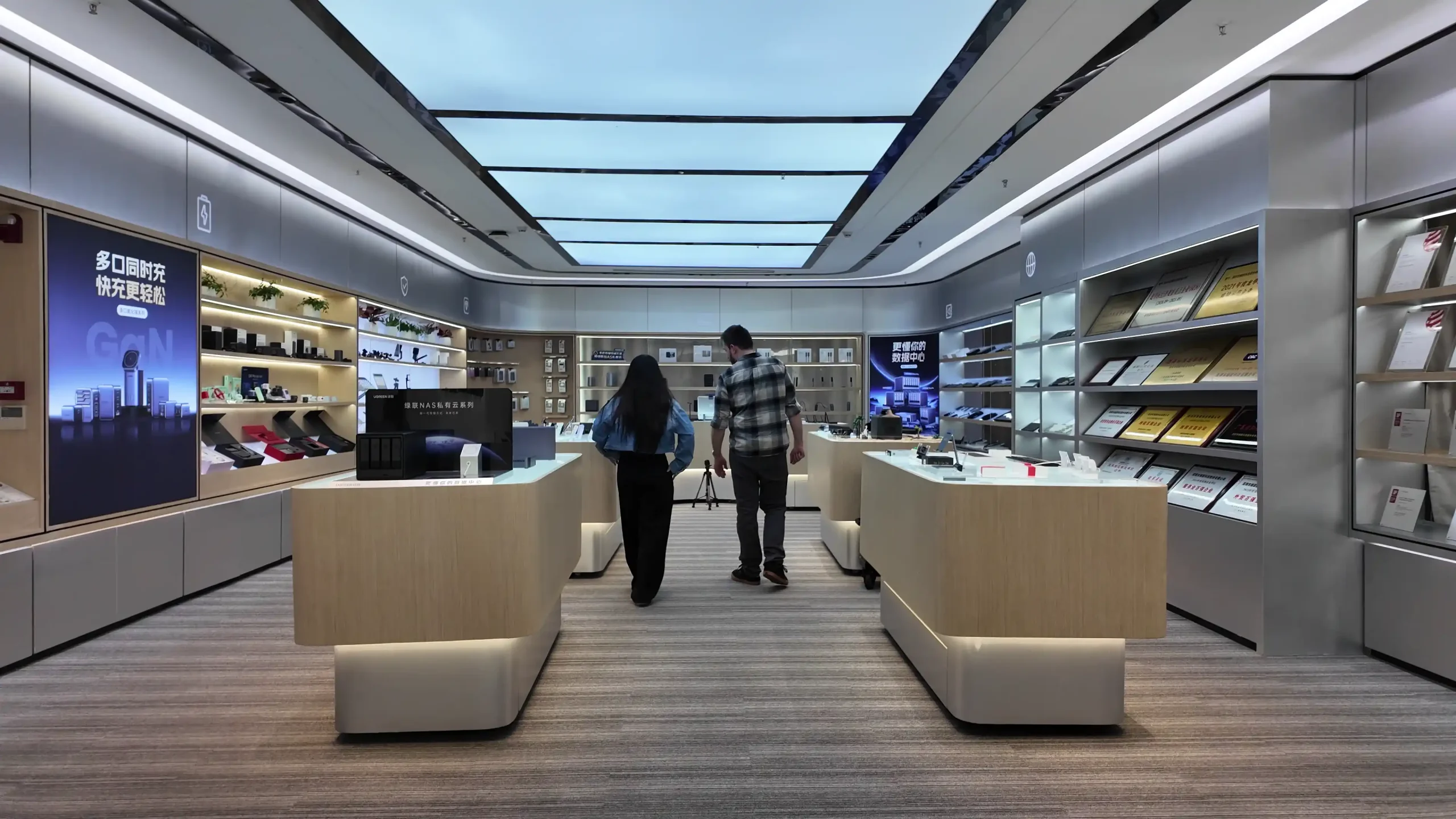
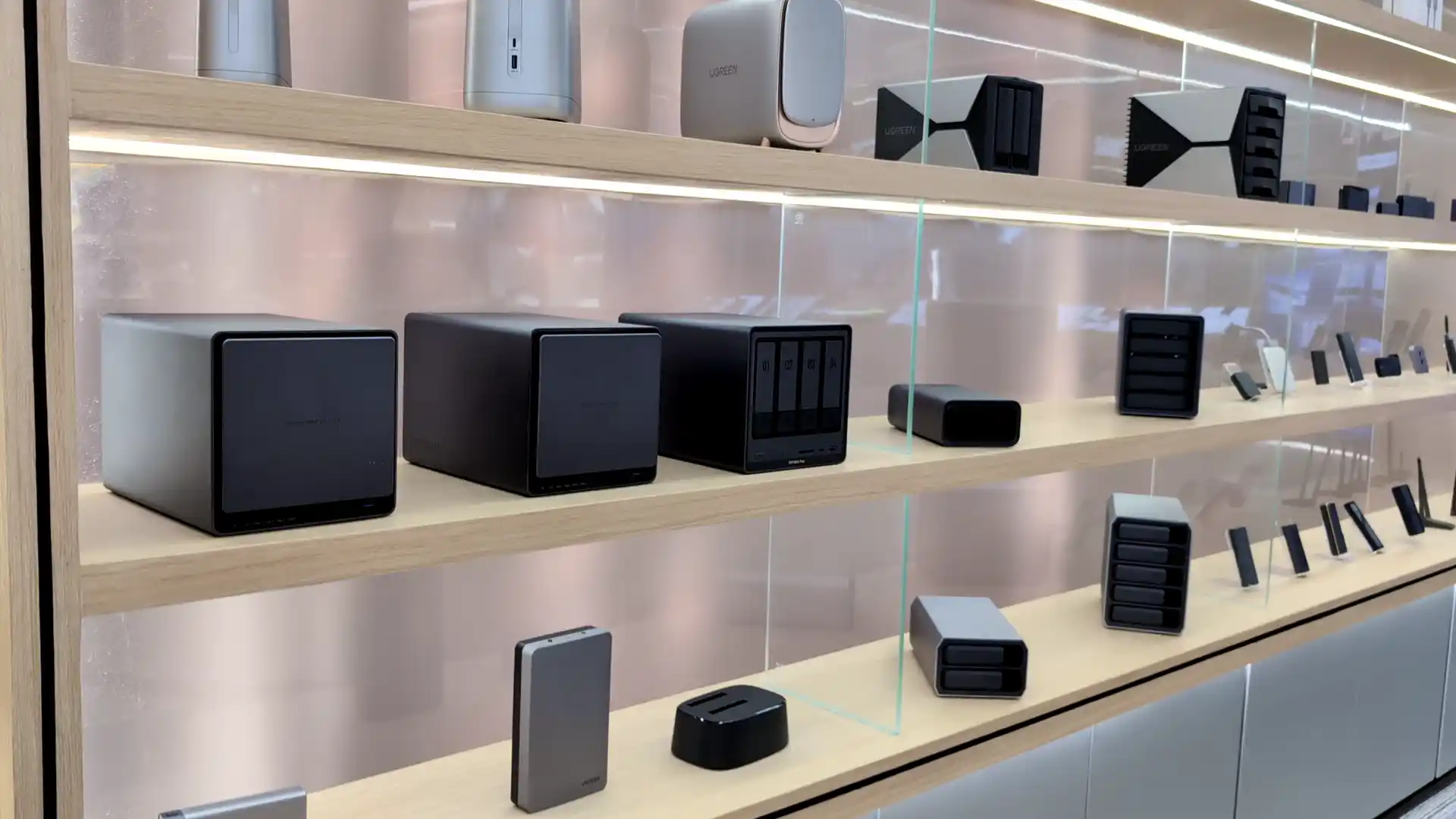
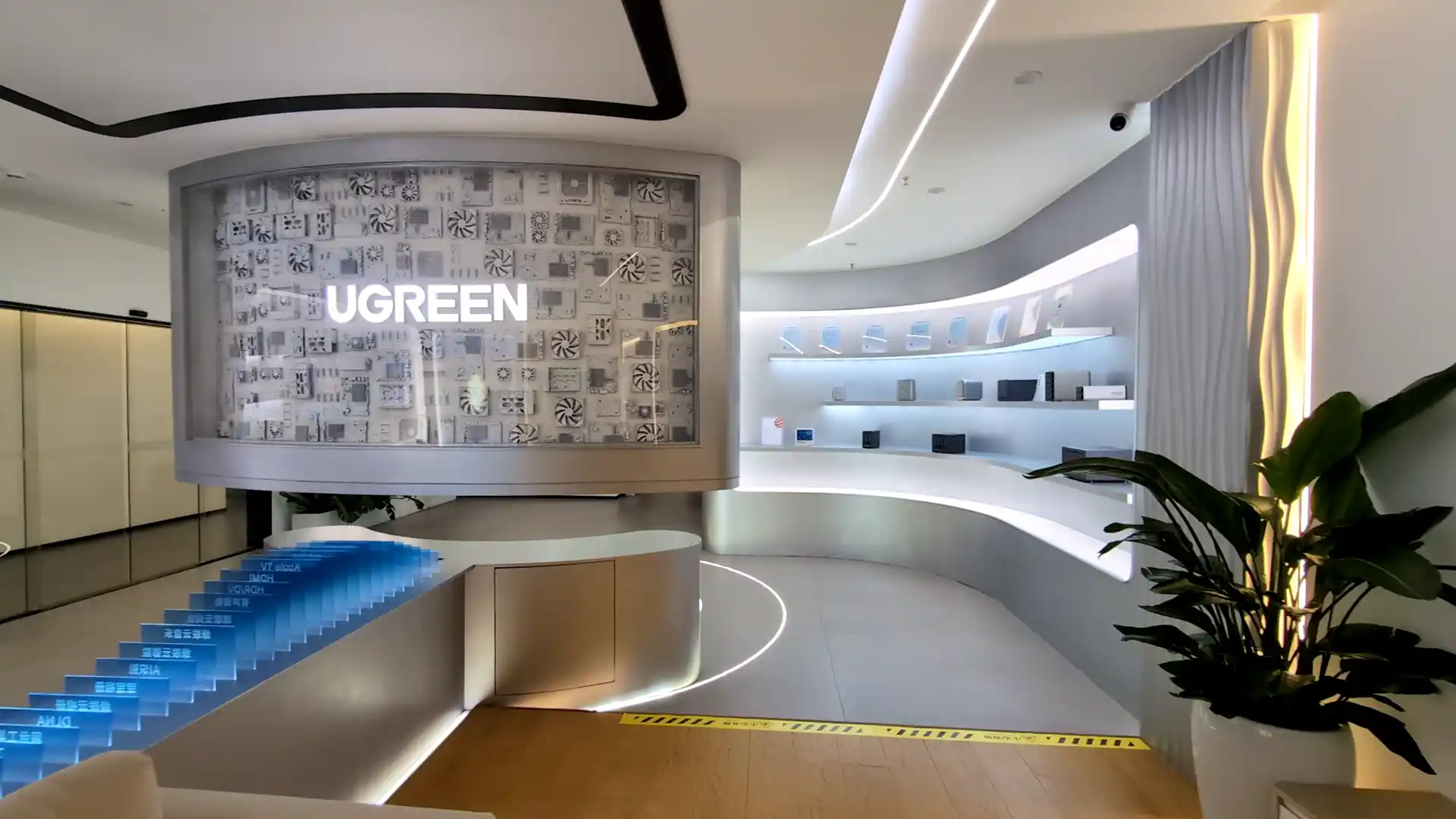
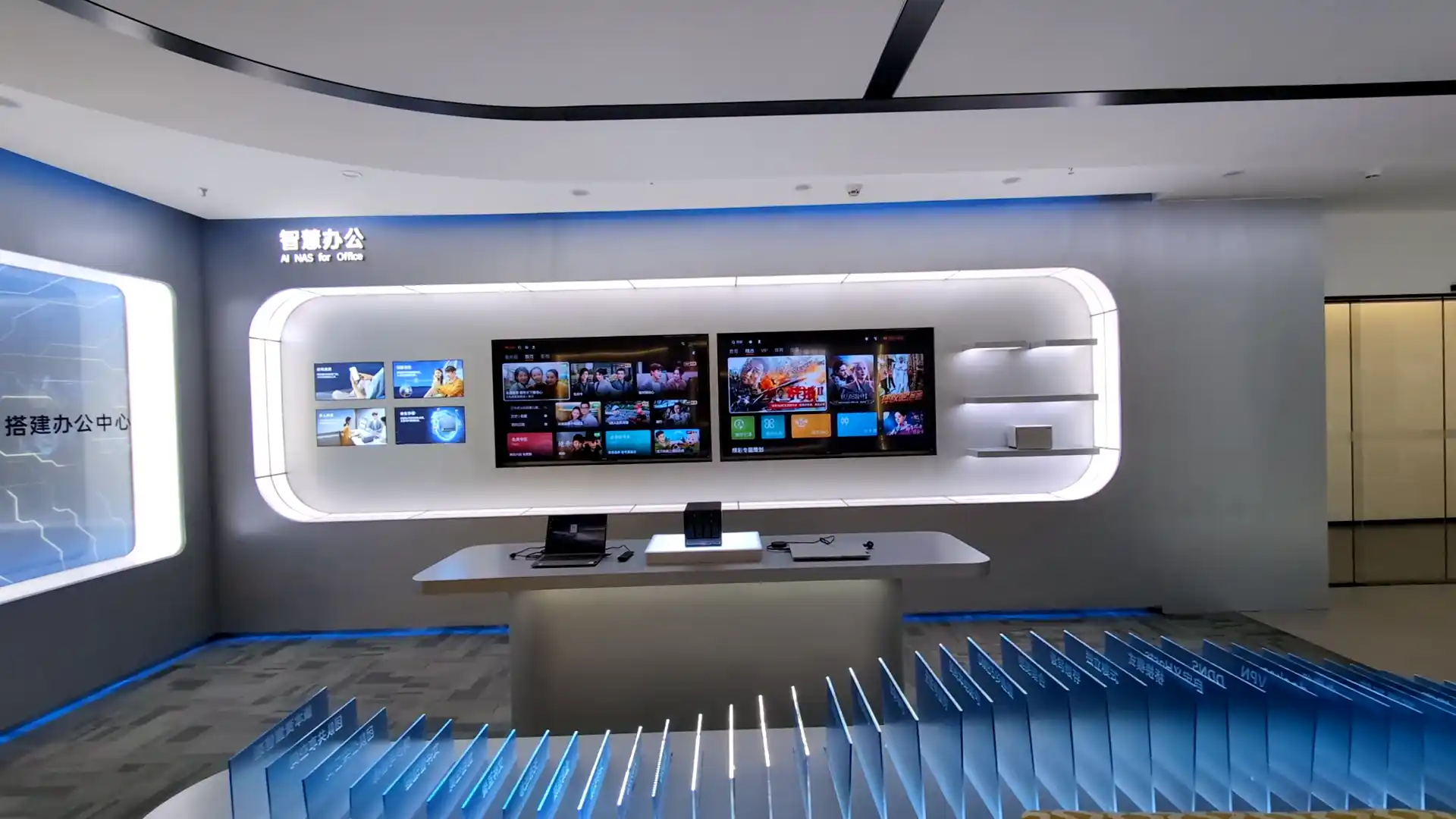
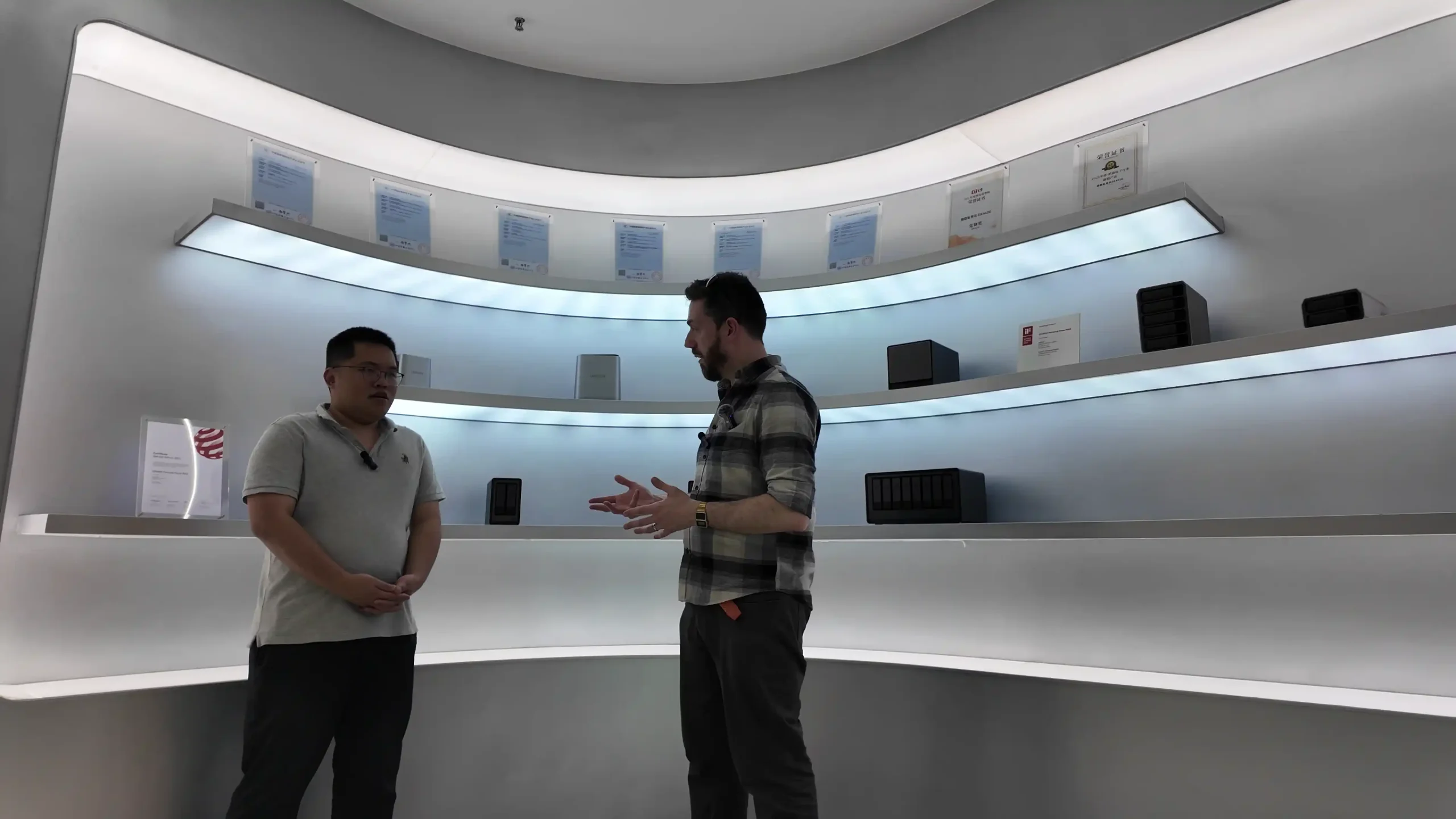
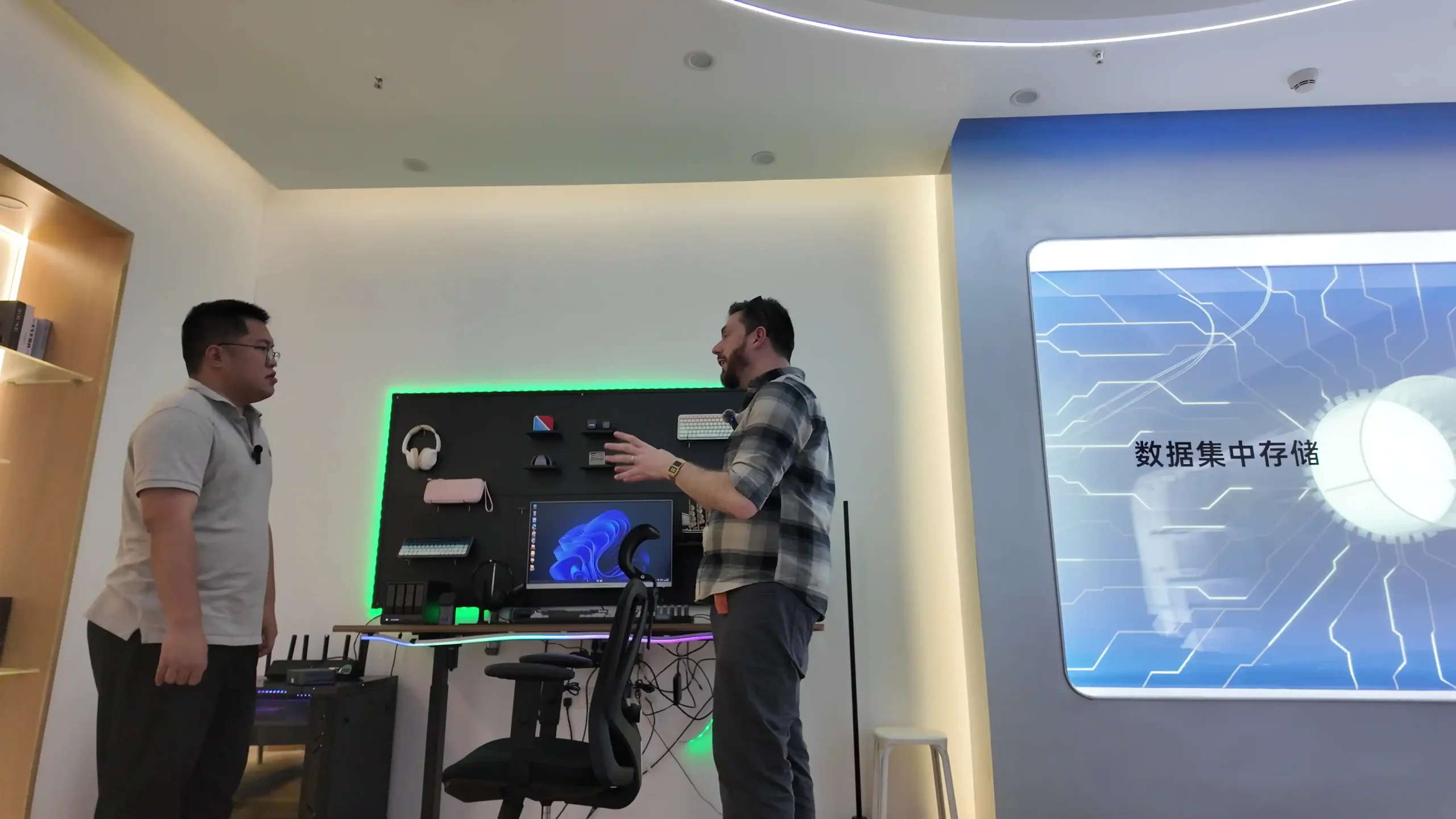
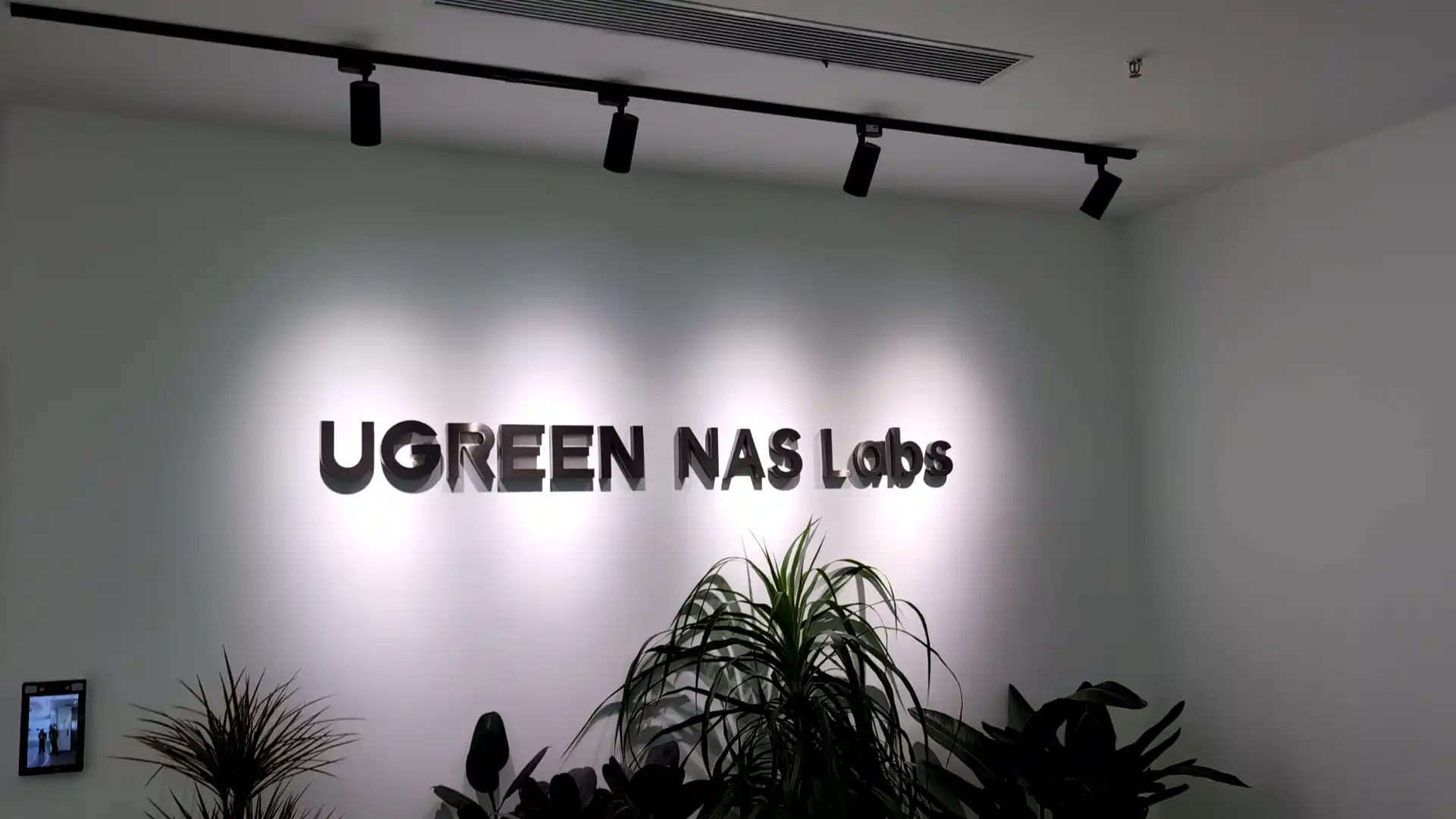
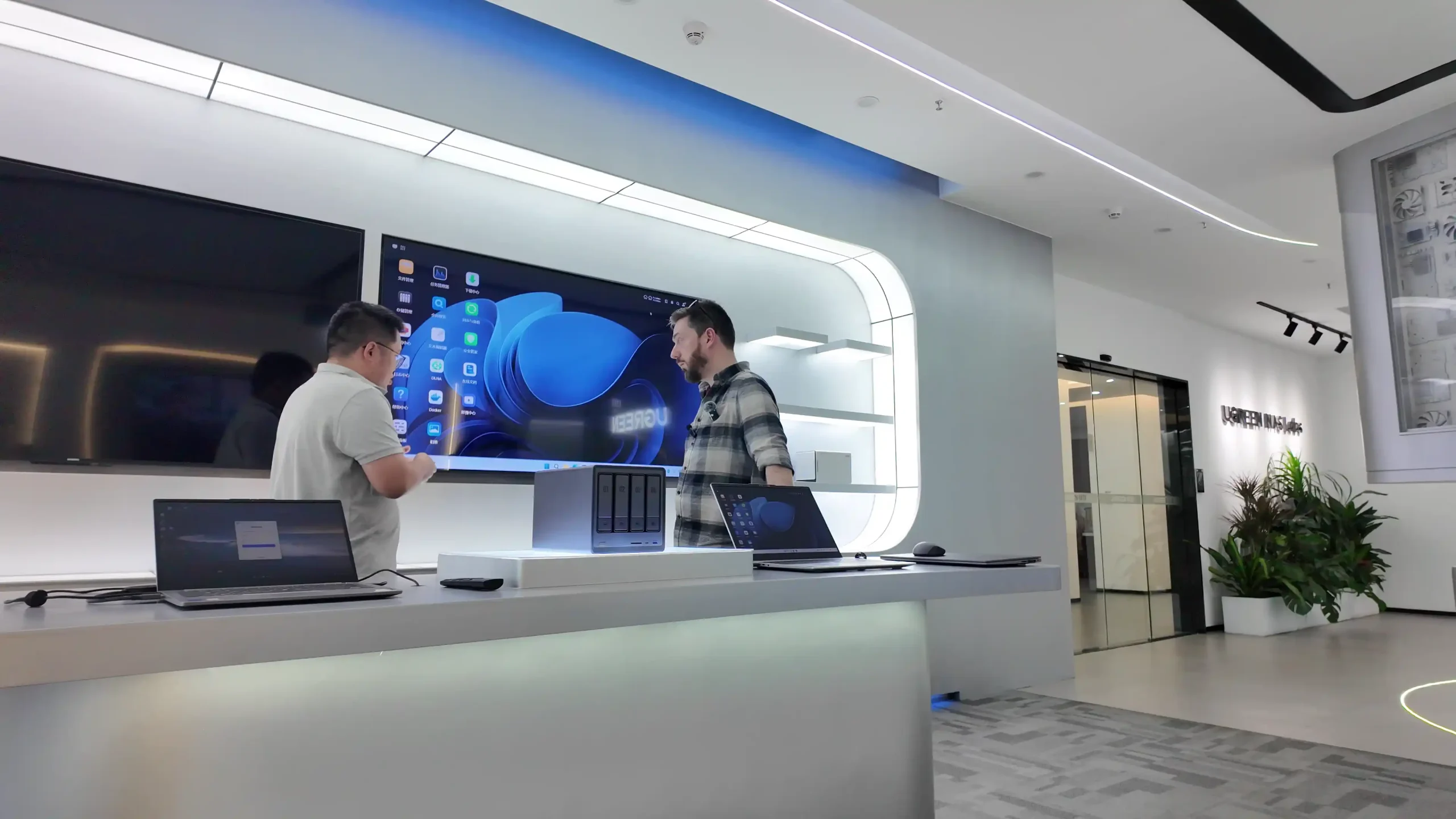
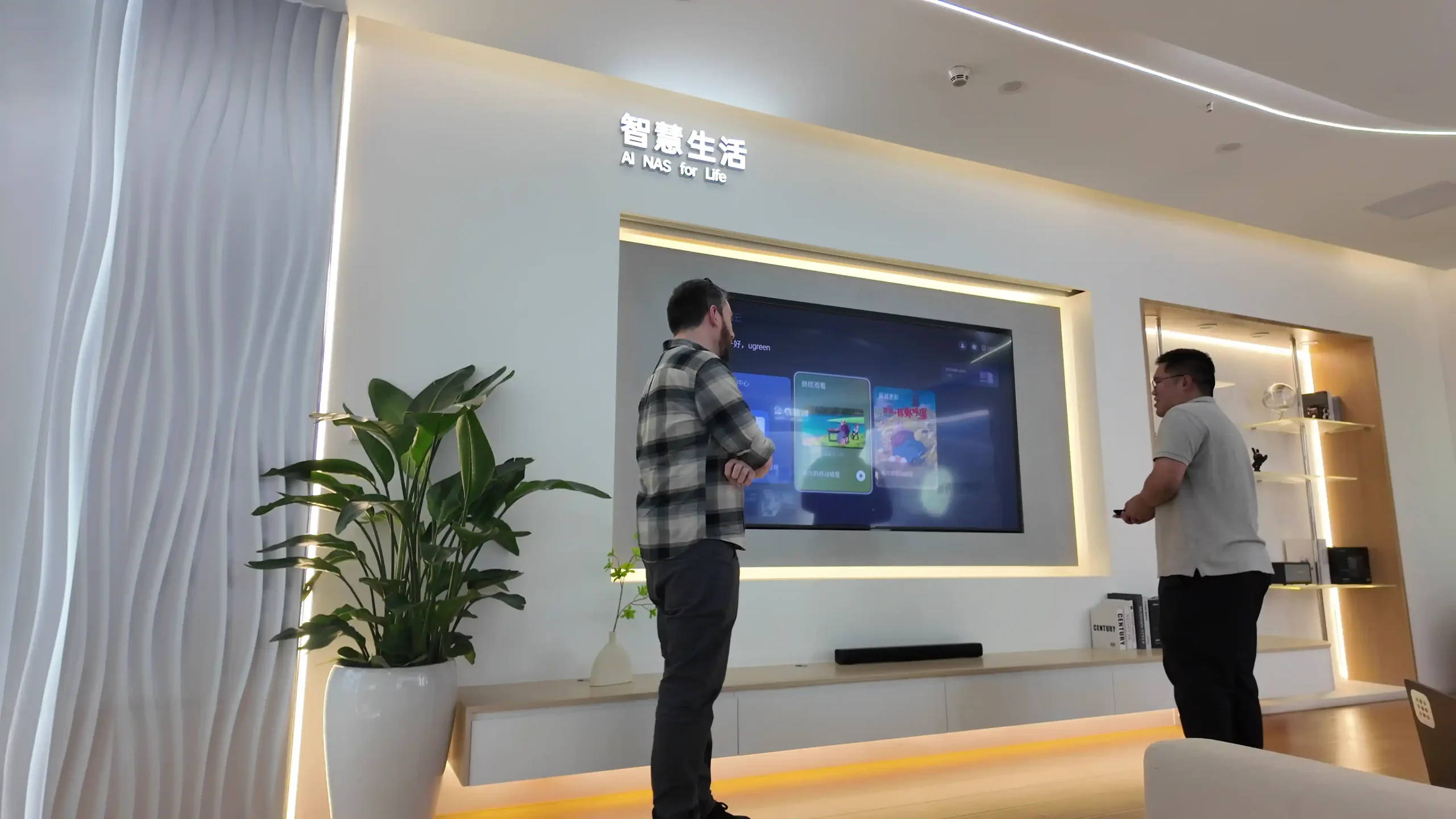
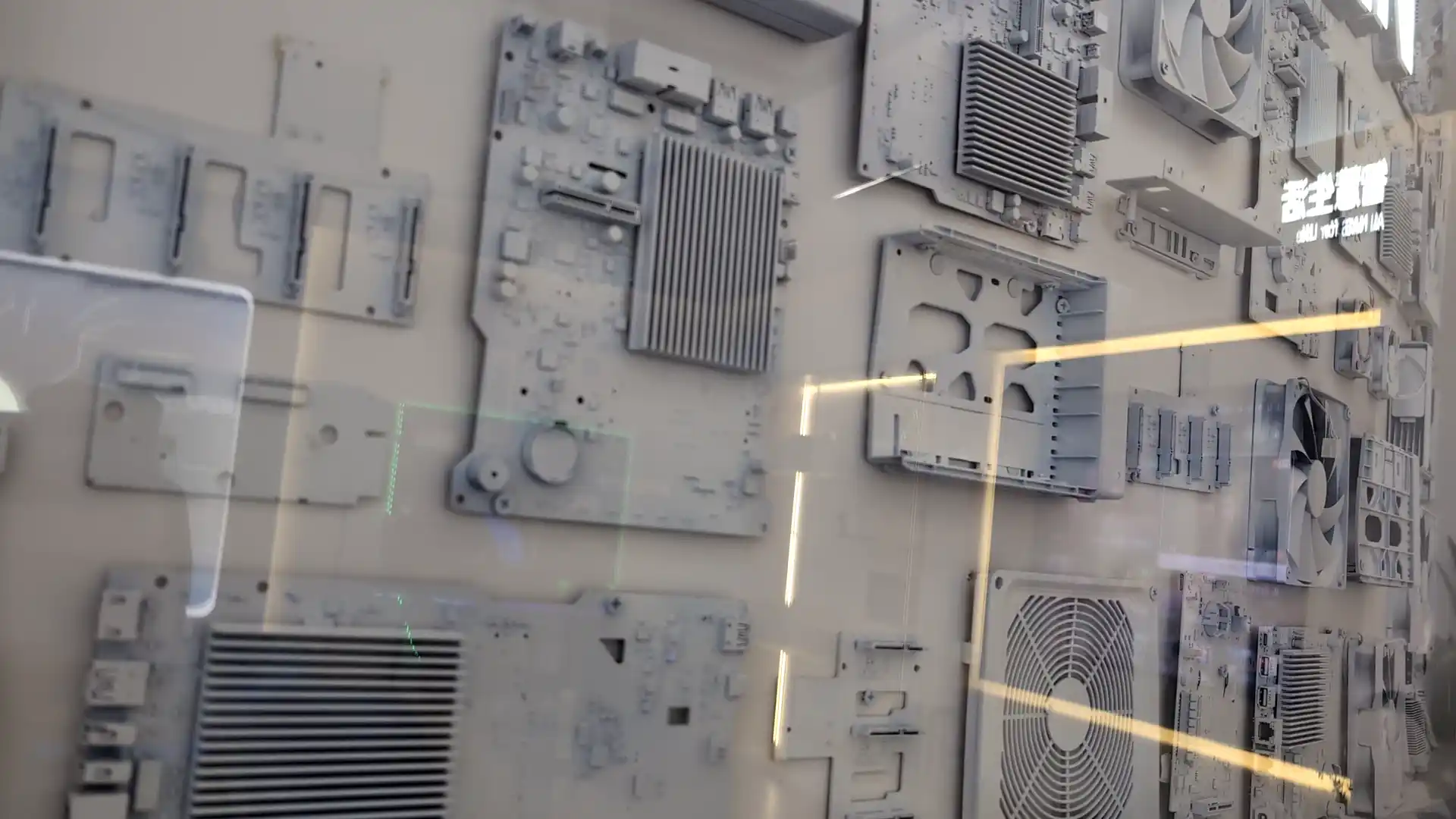

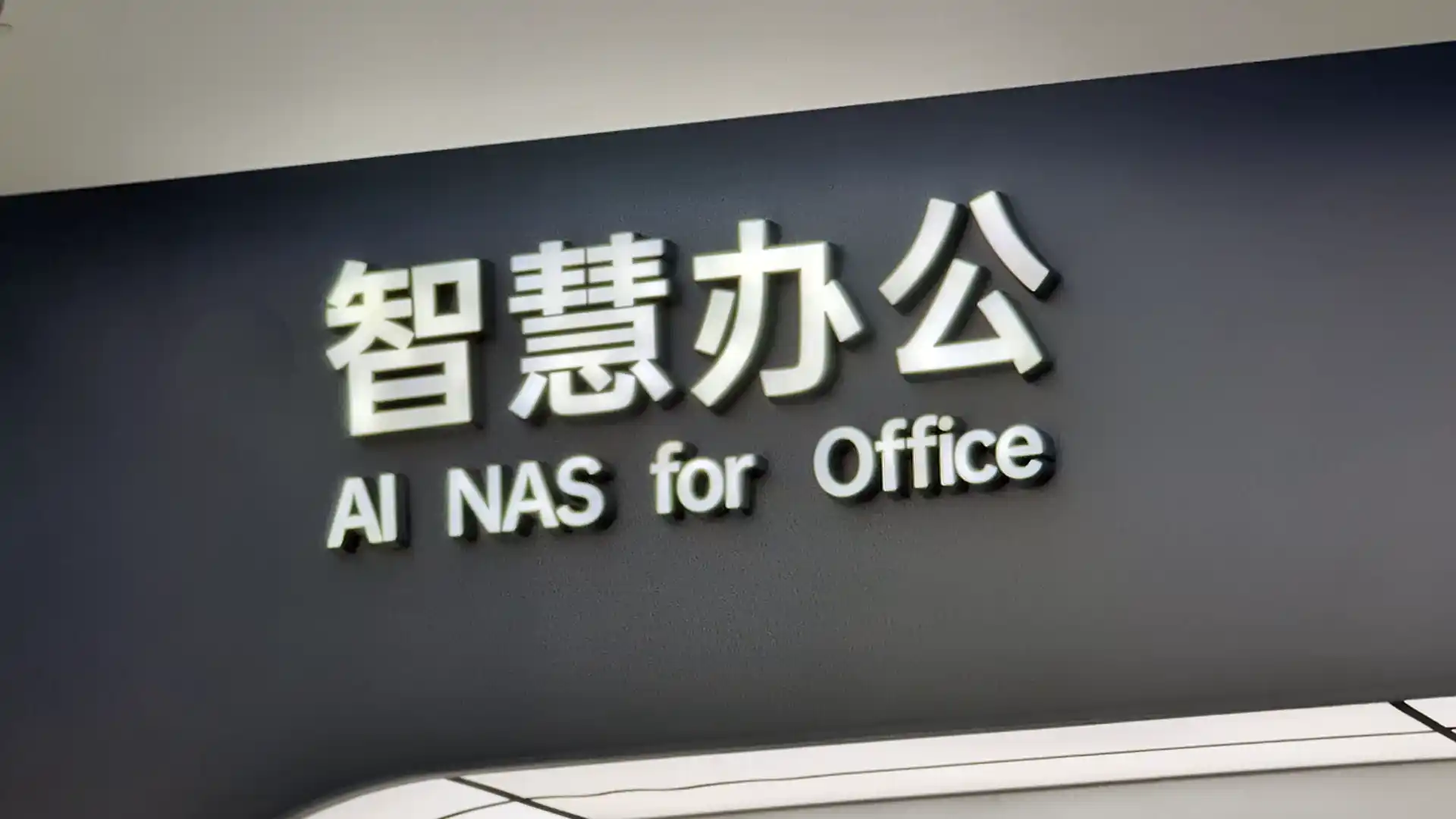
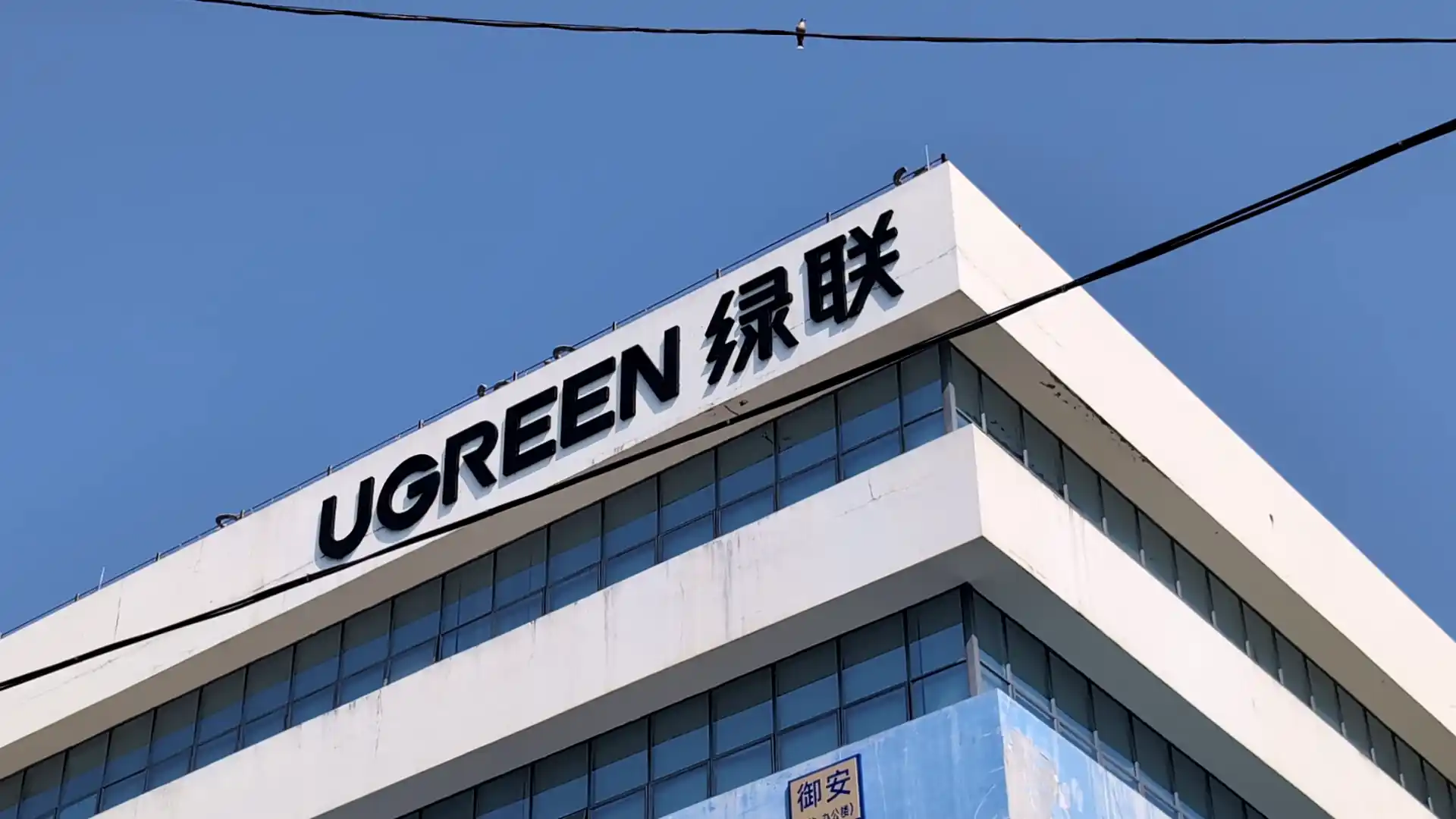
 SUBSCRIBE TO OUR NEWSLETTER
SUBSCRIBE TO OUR NEWSLETTER 

